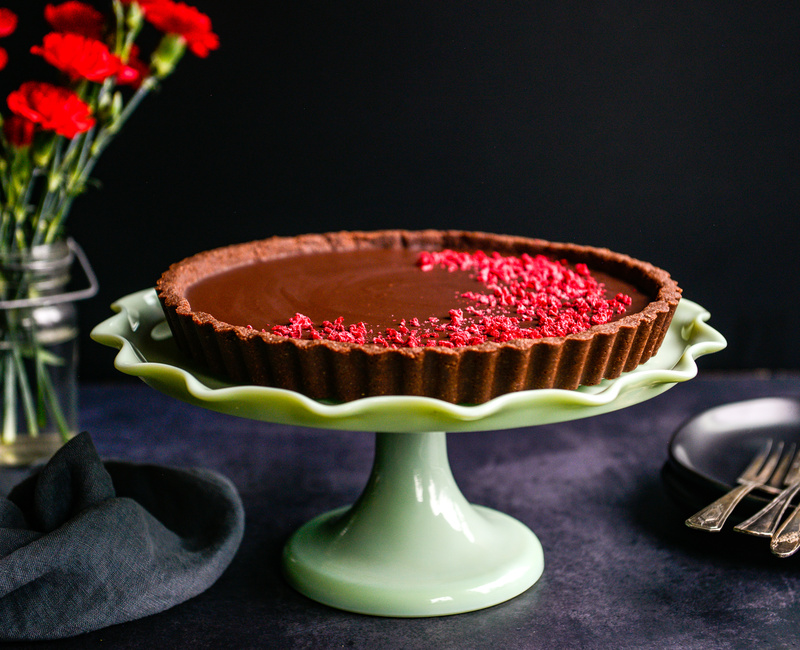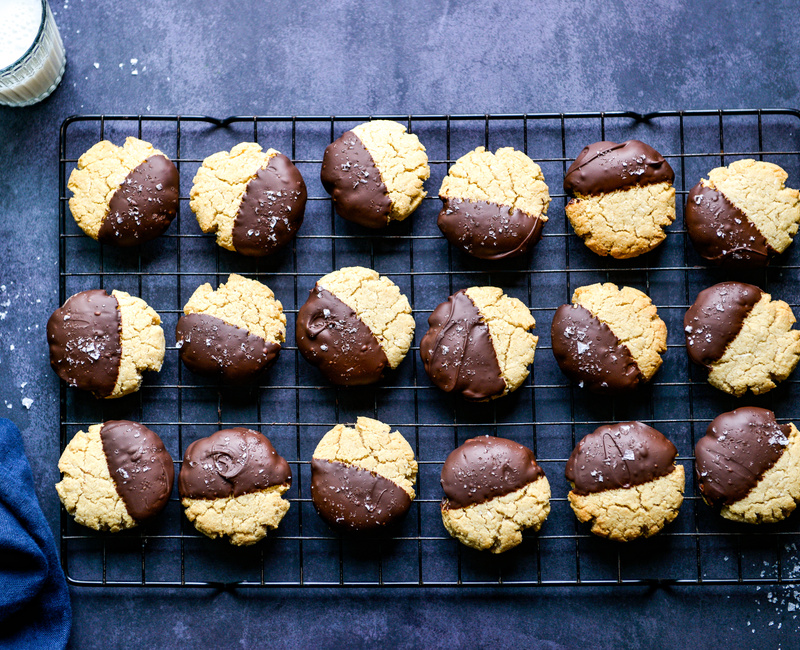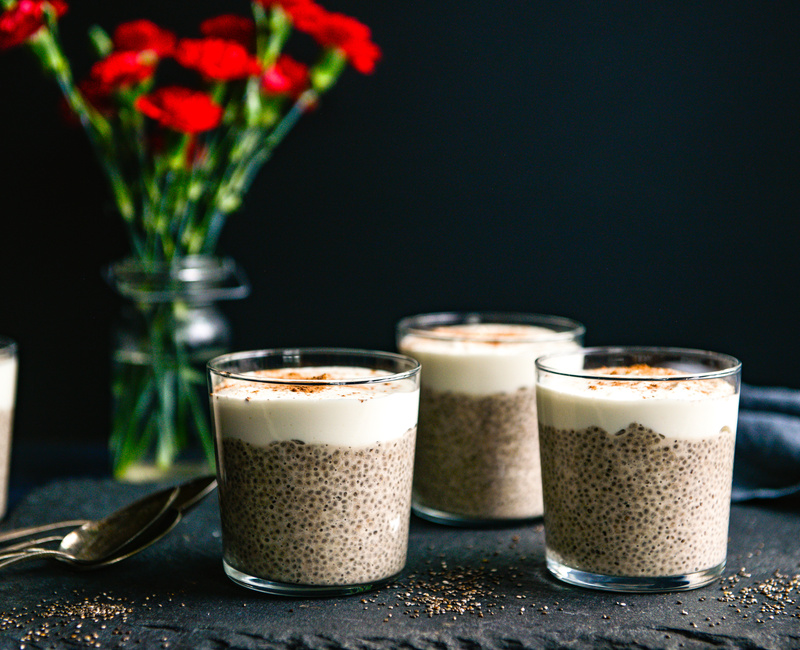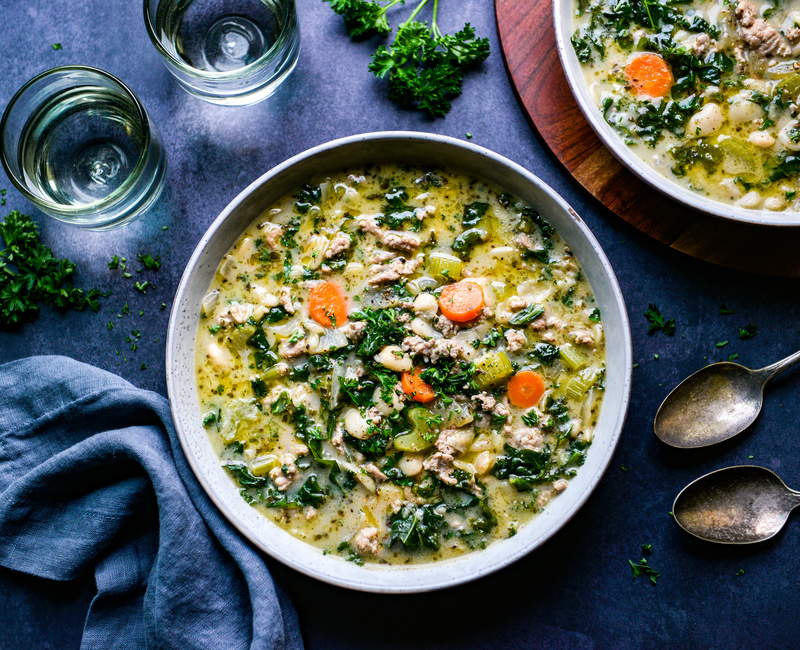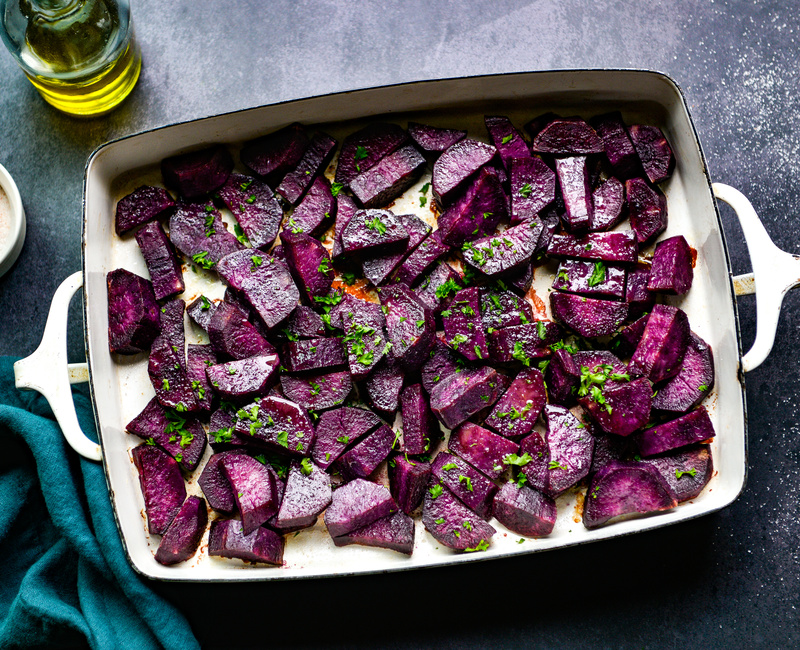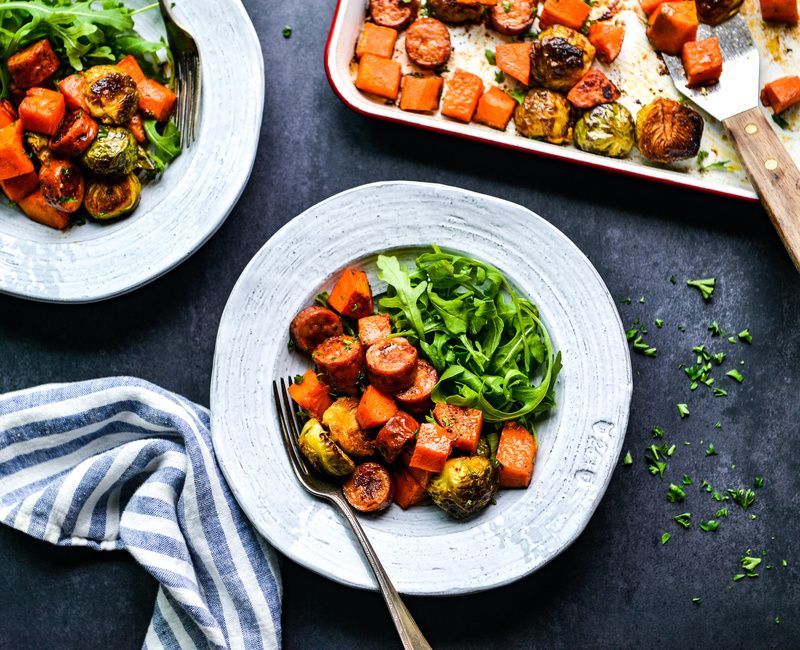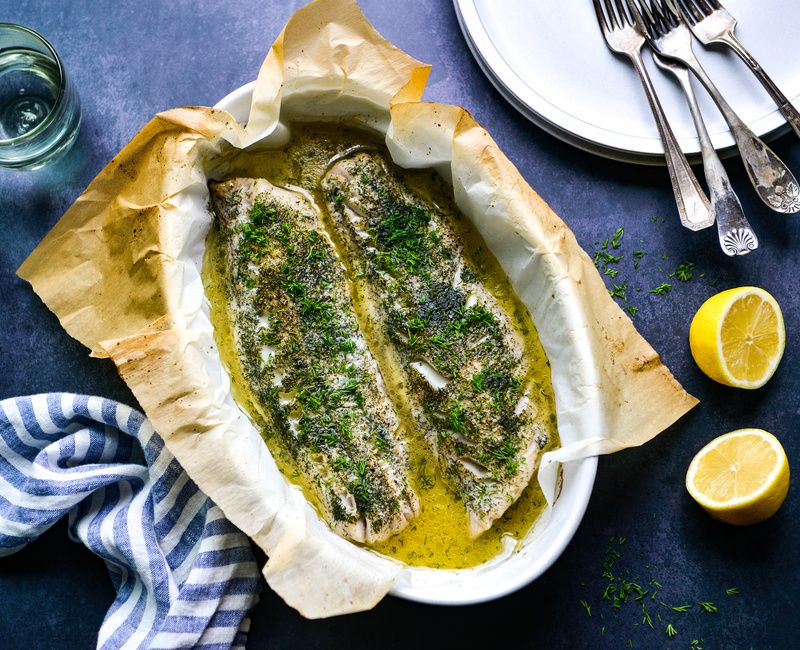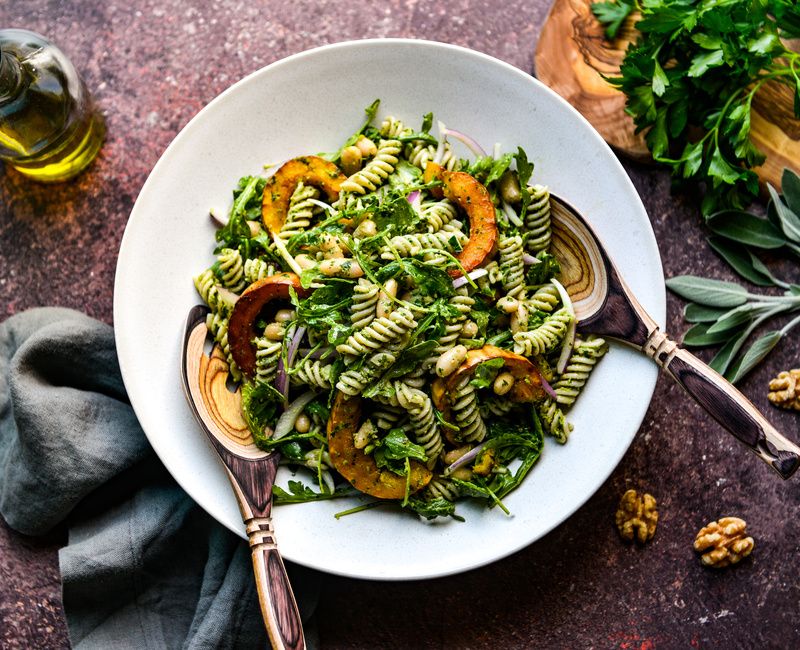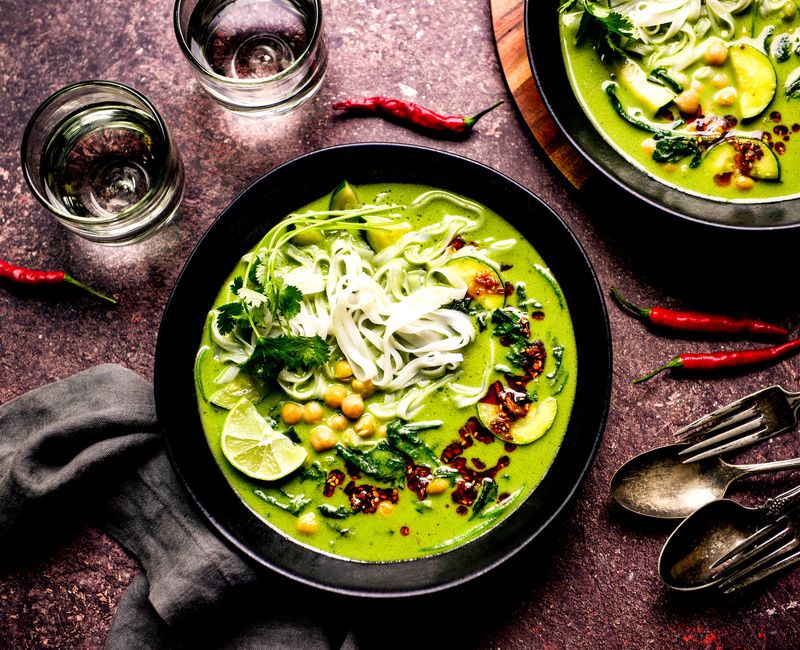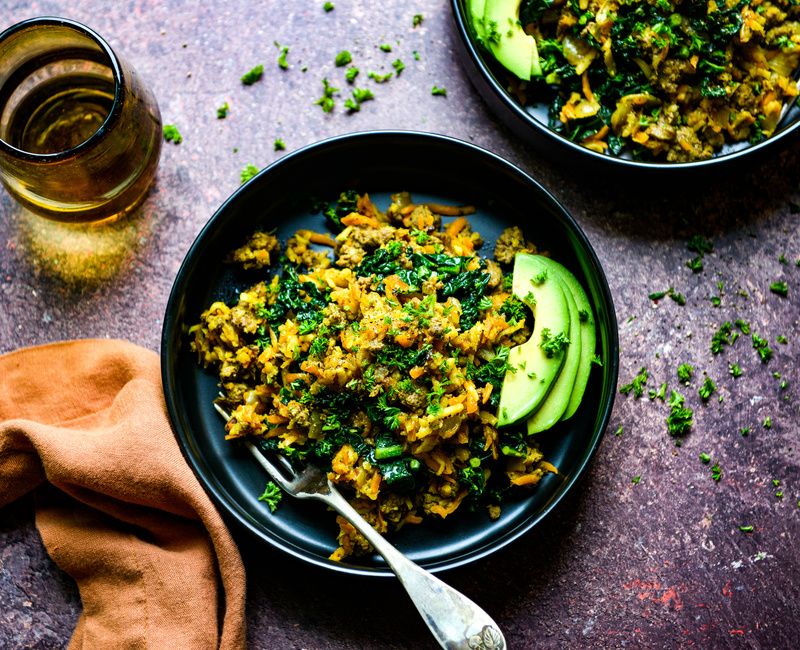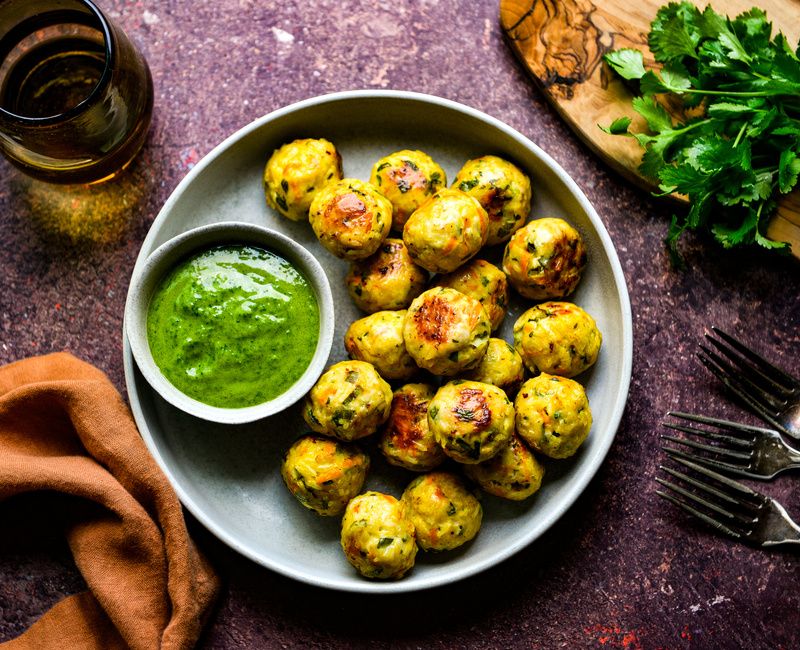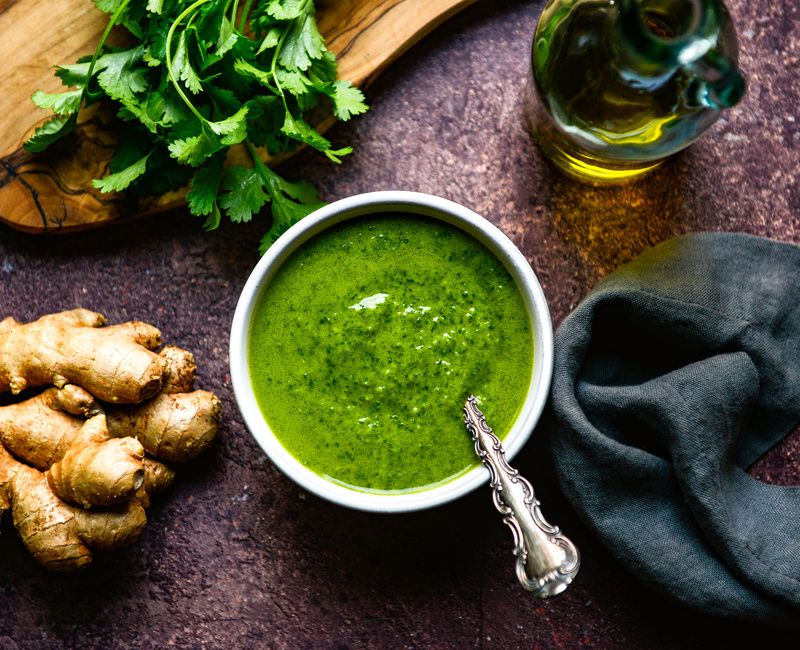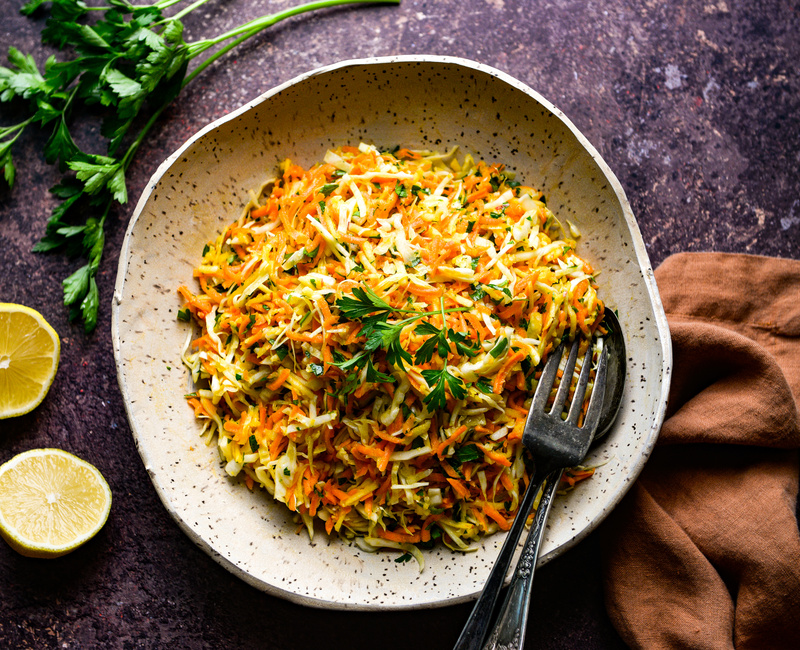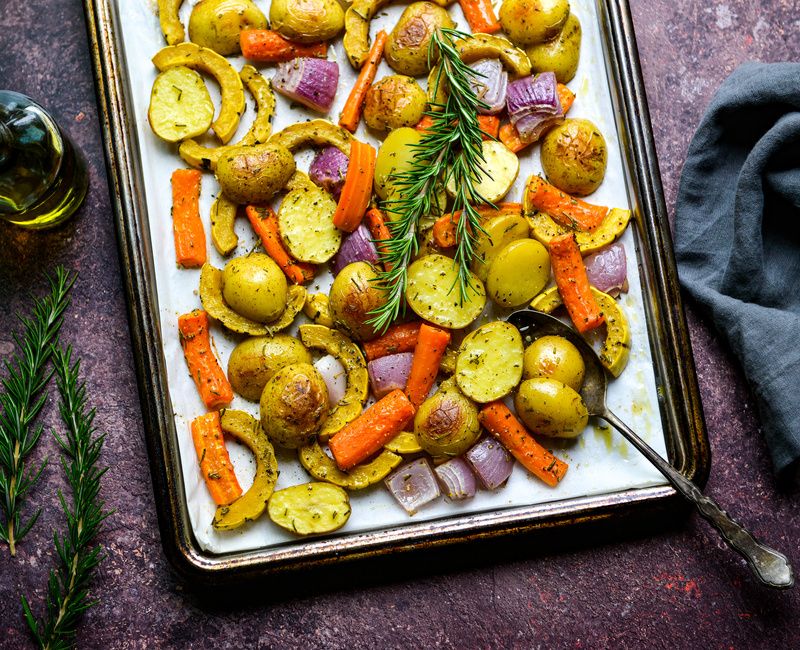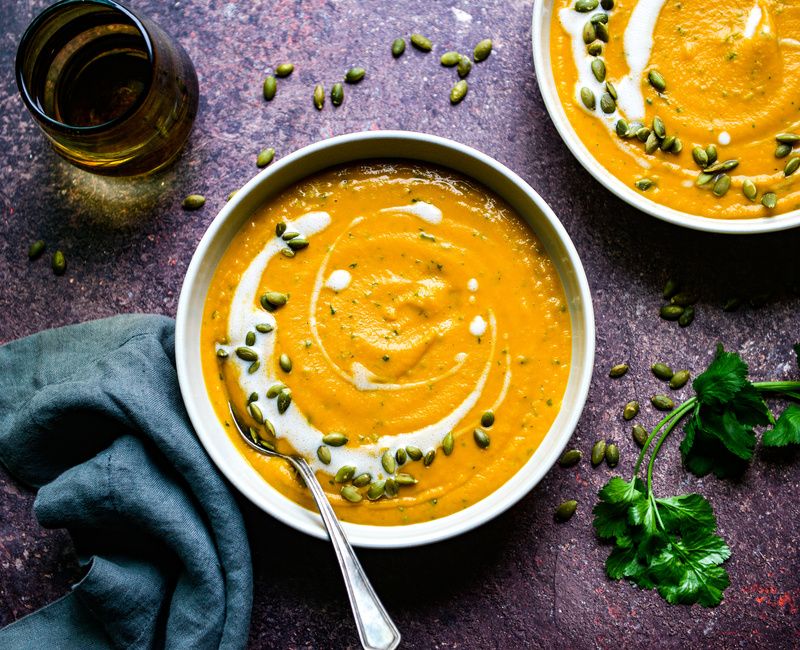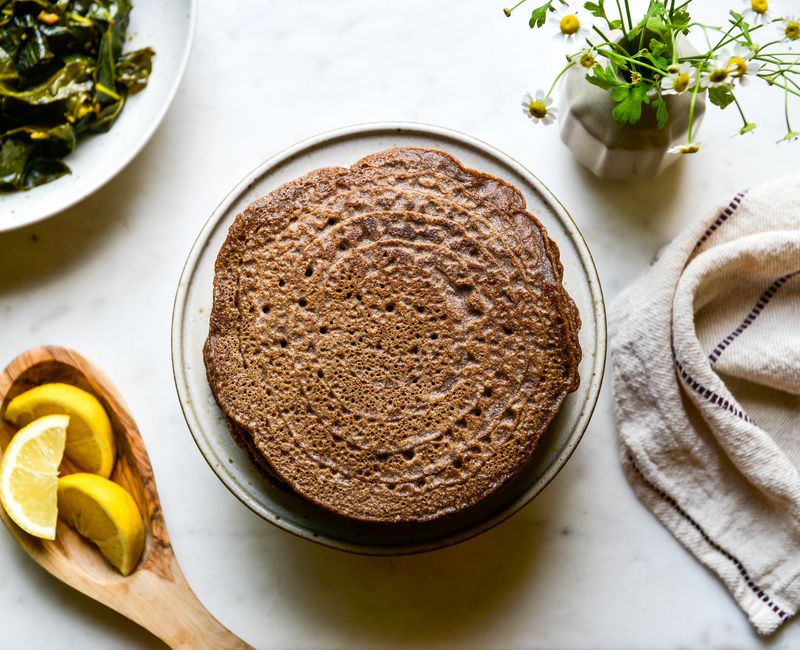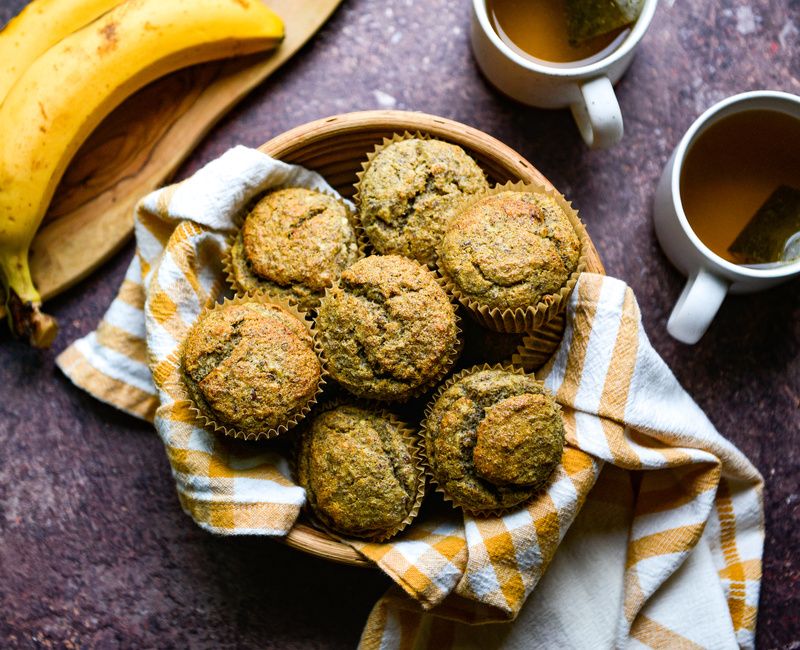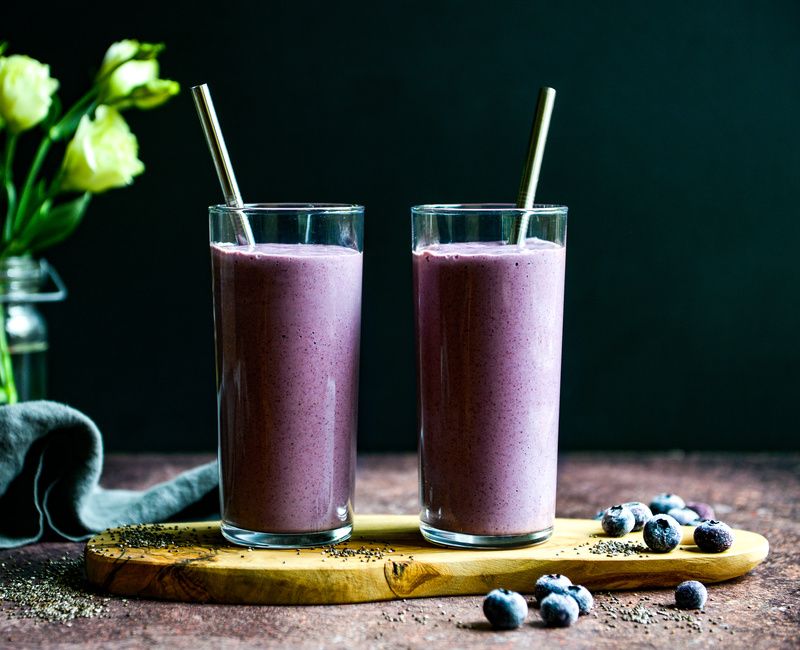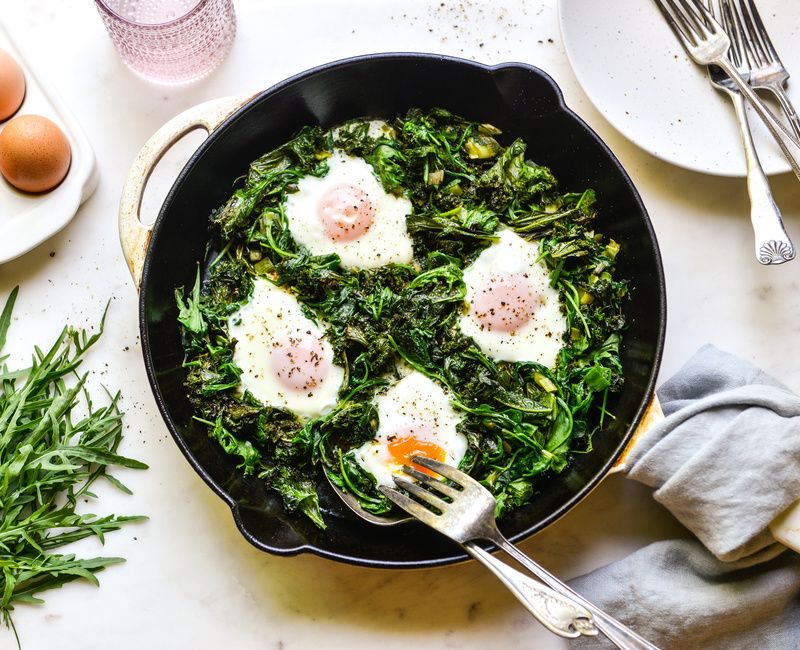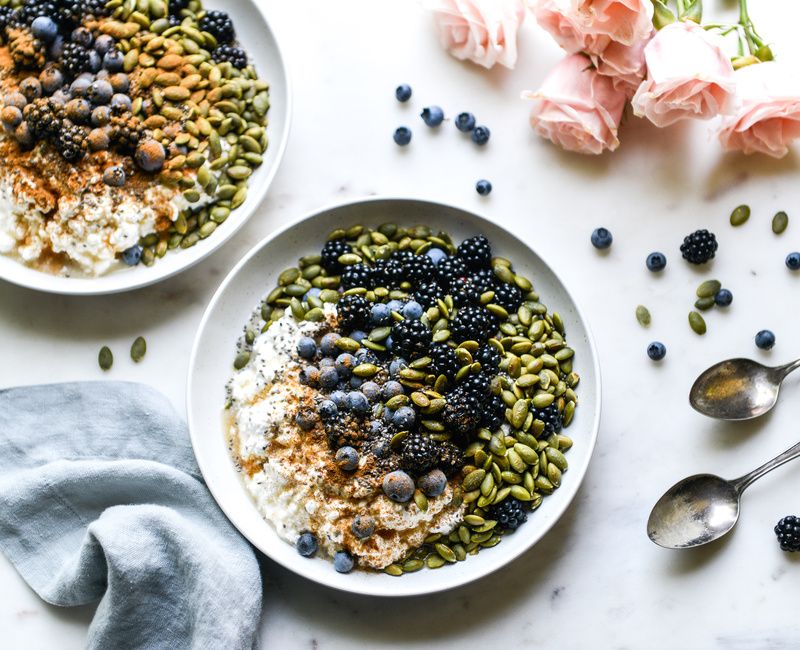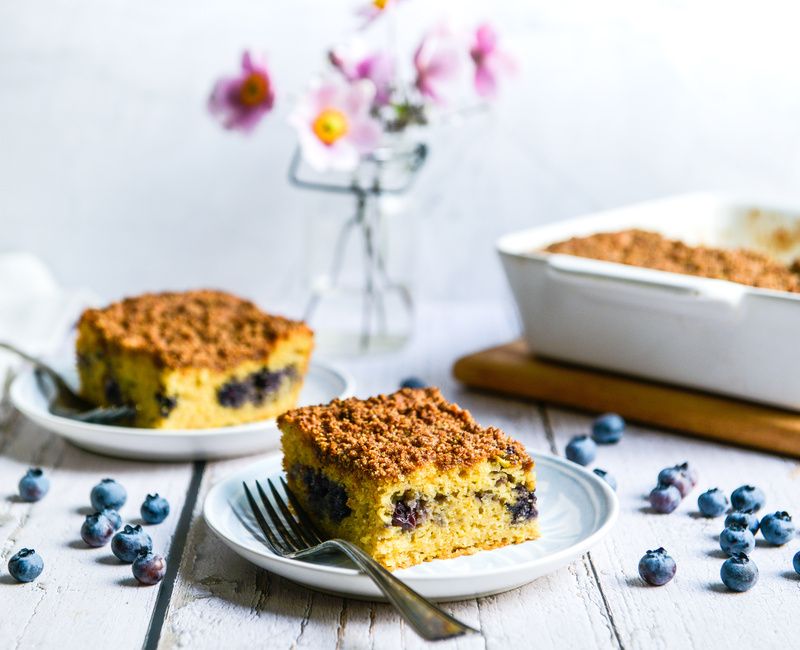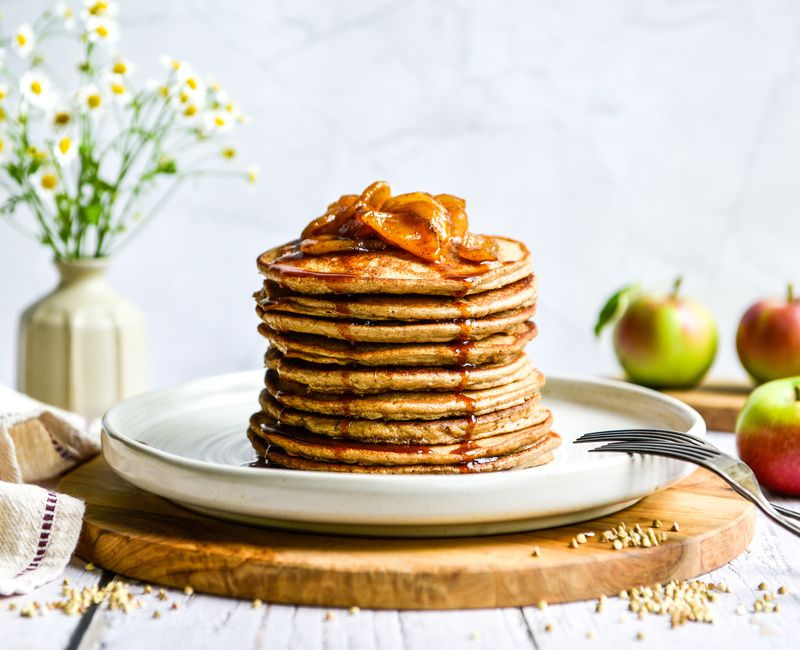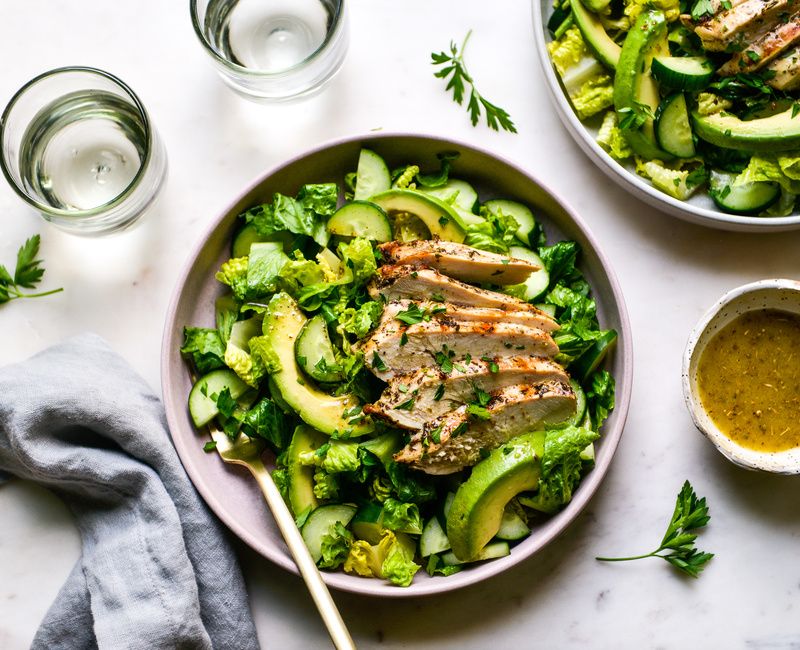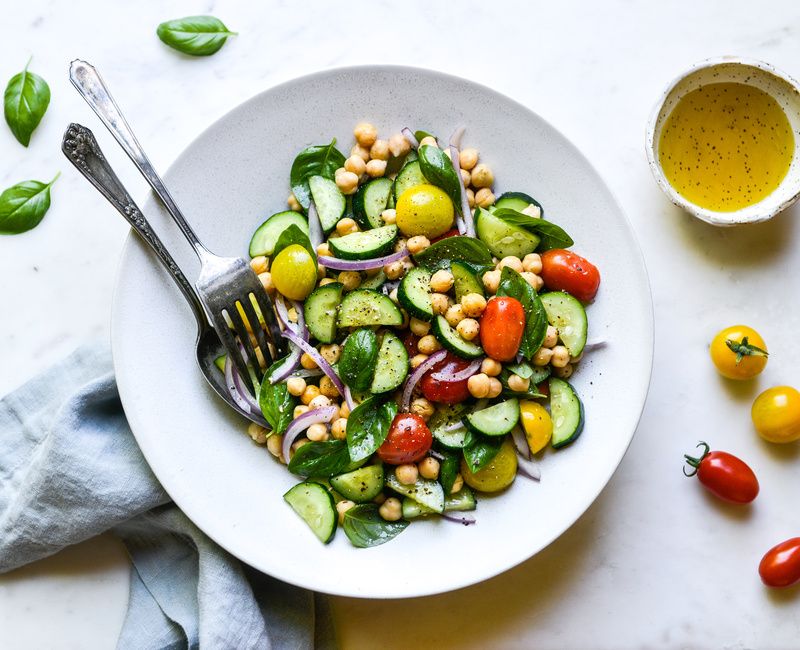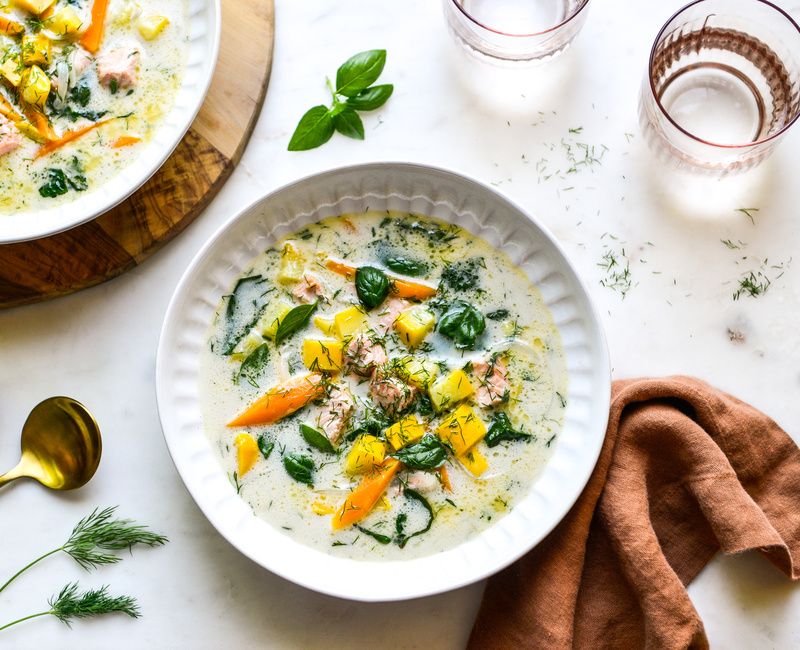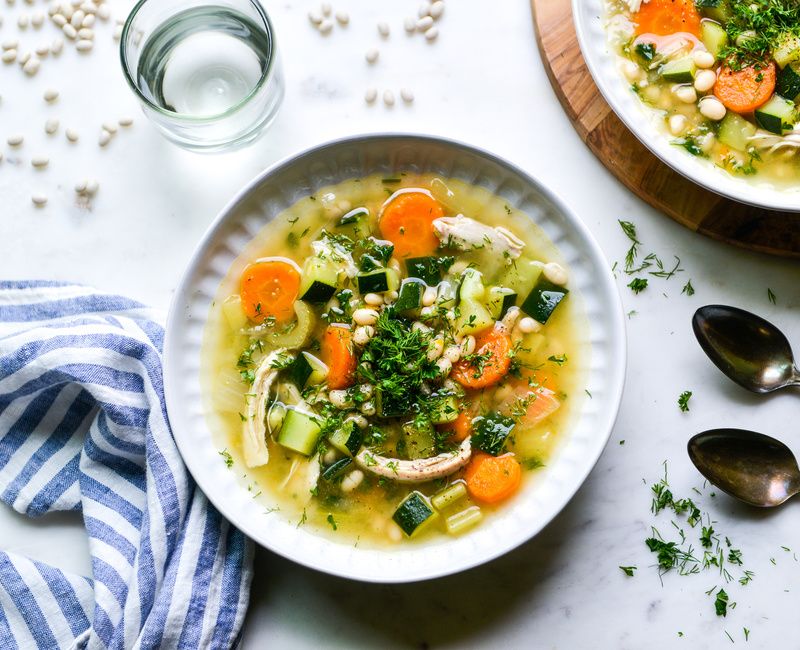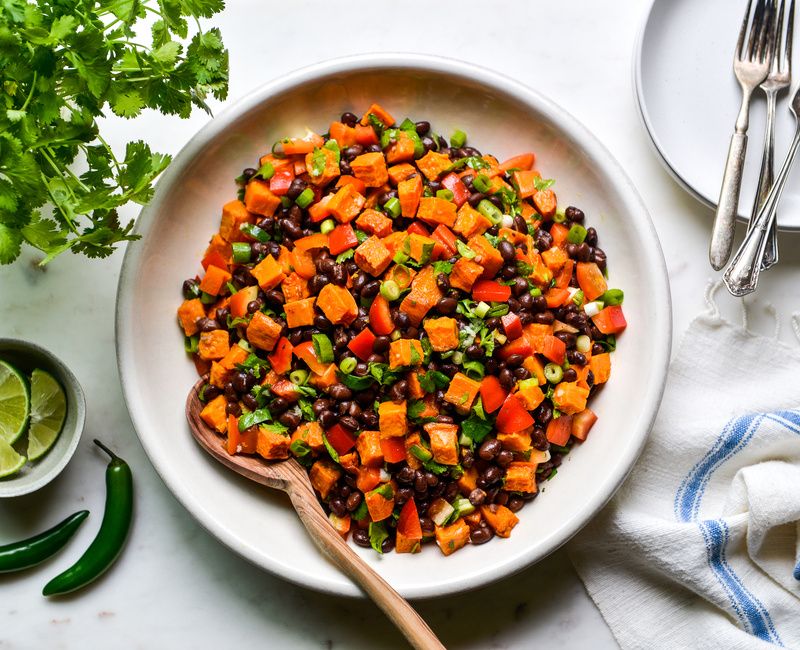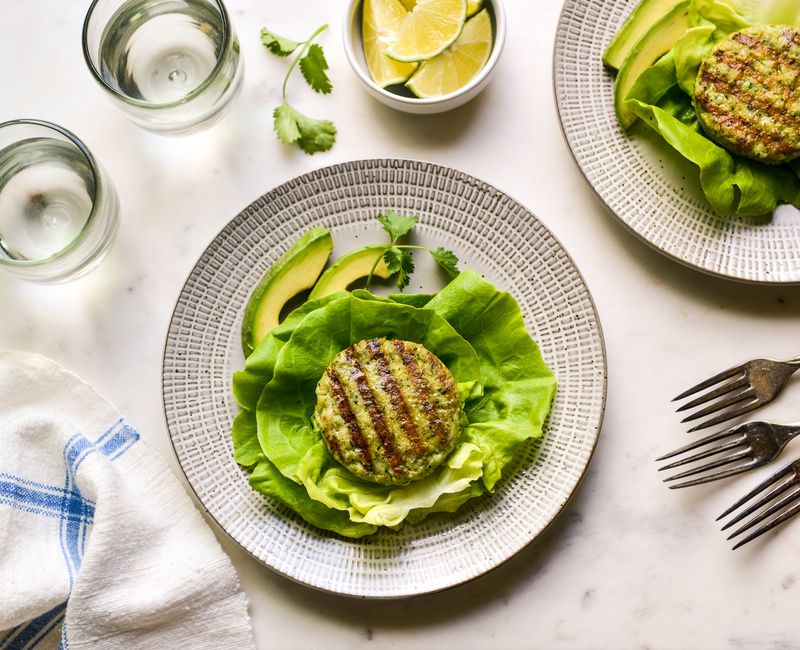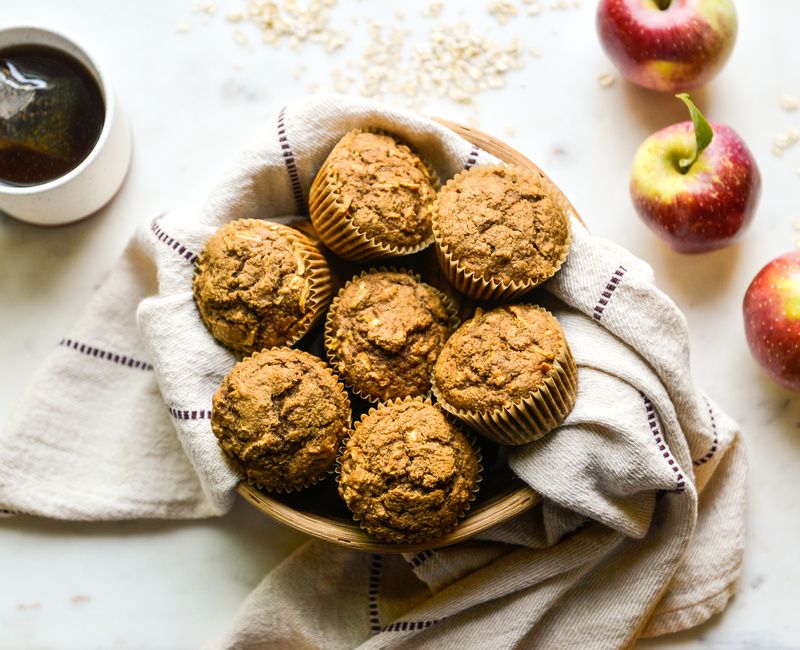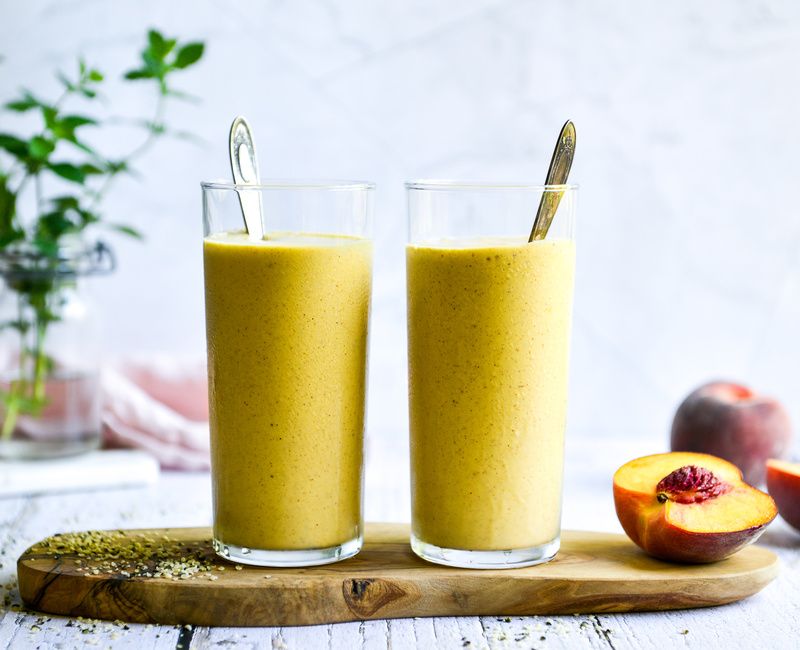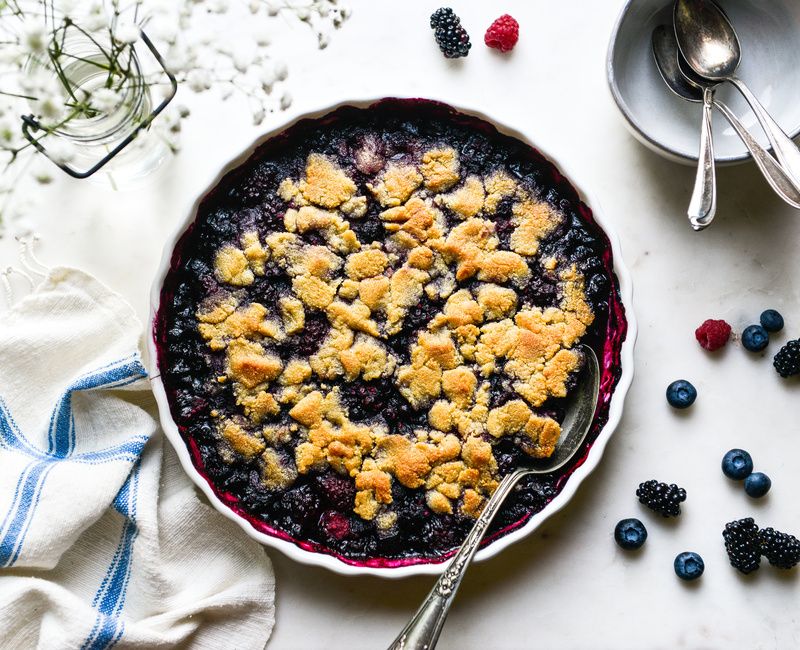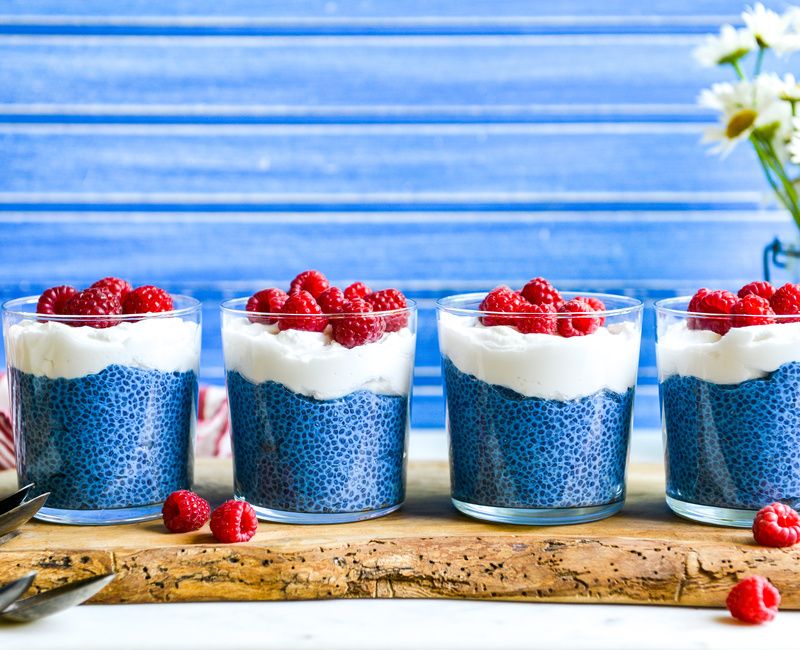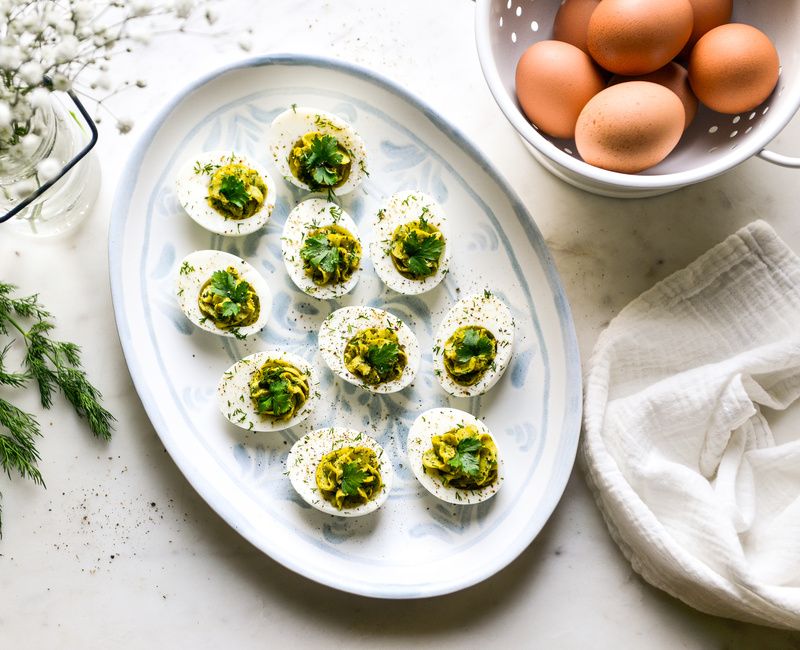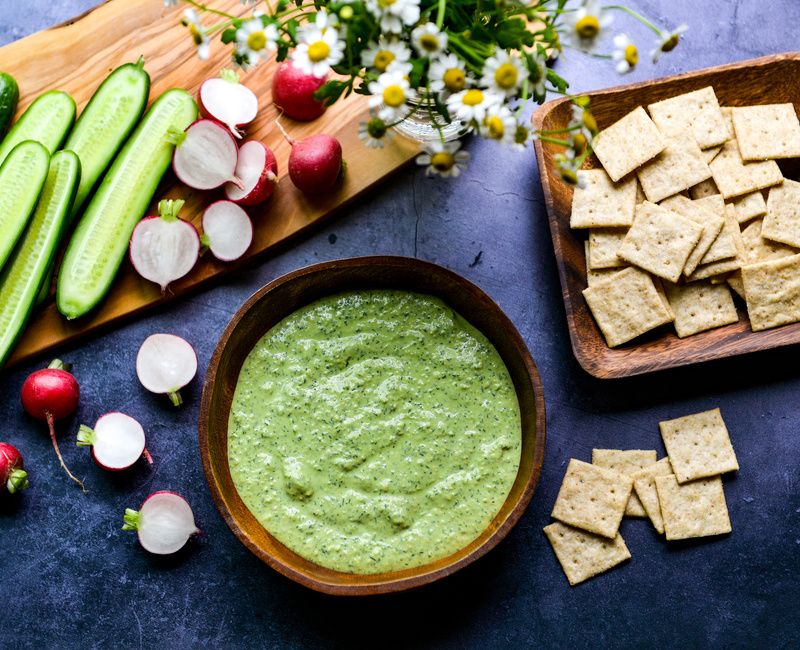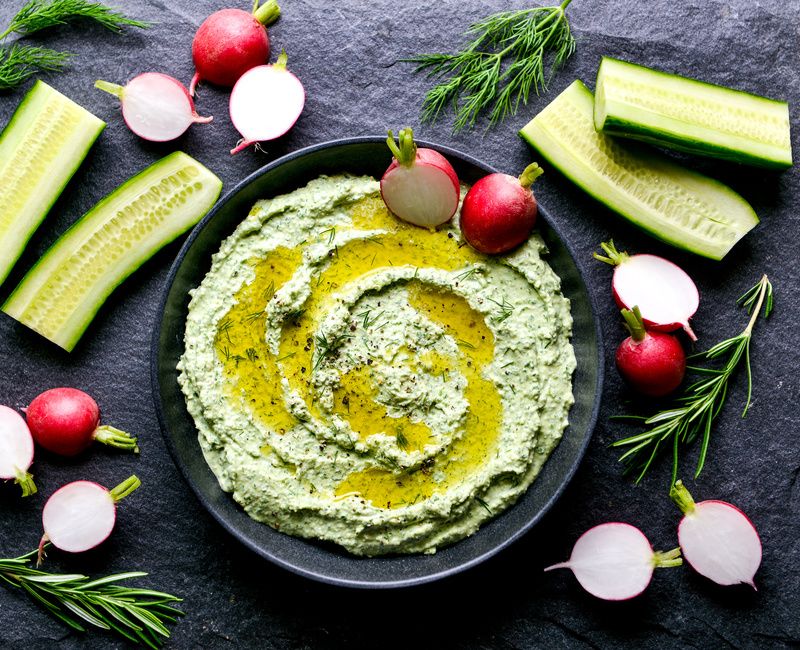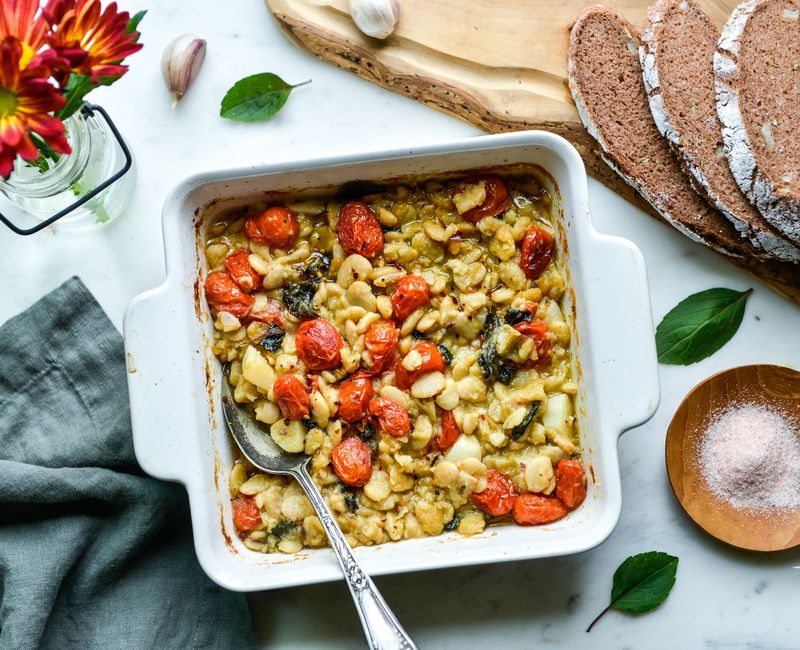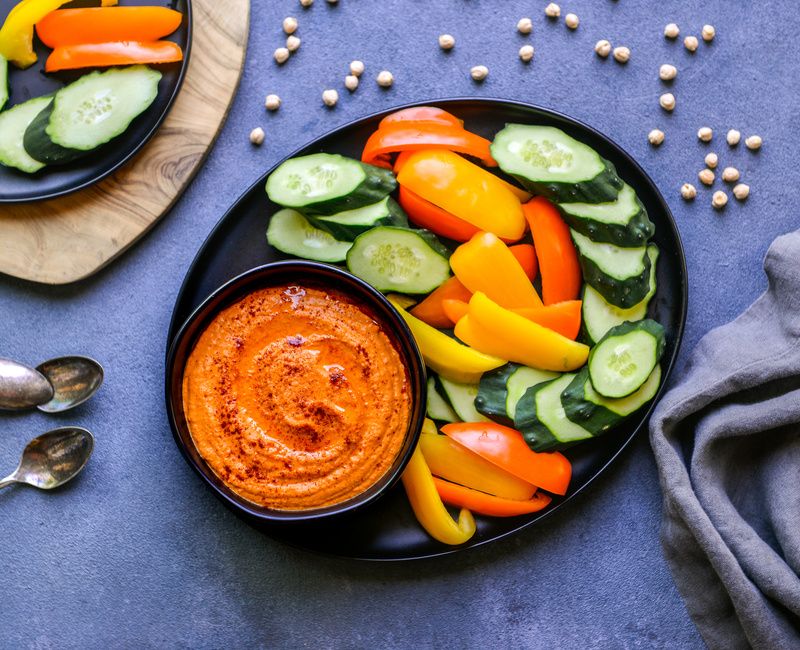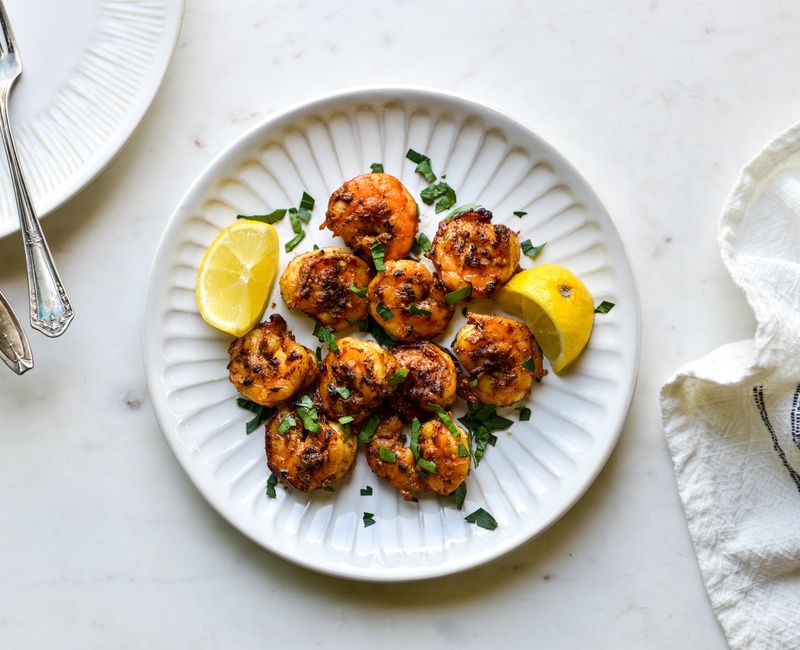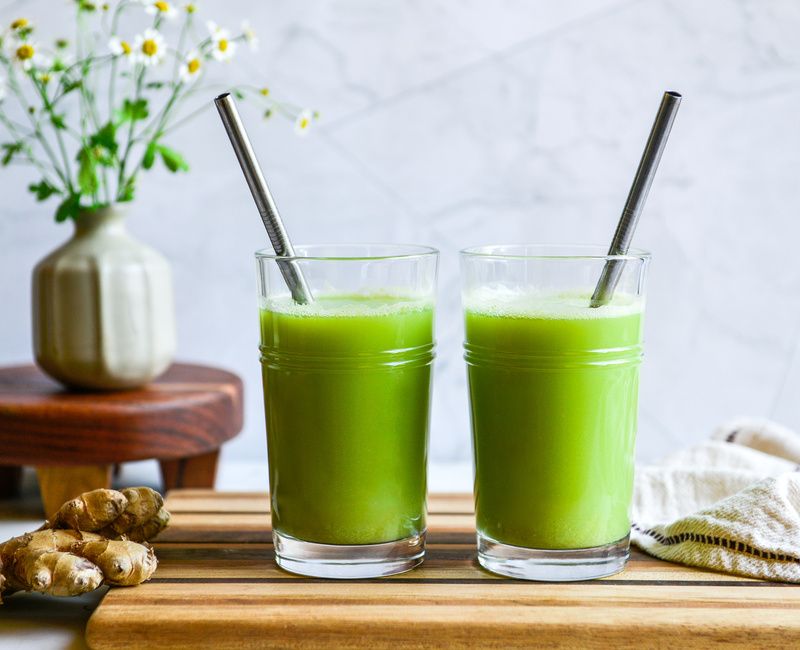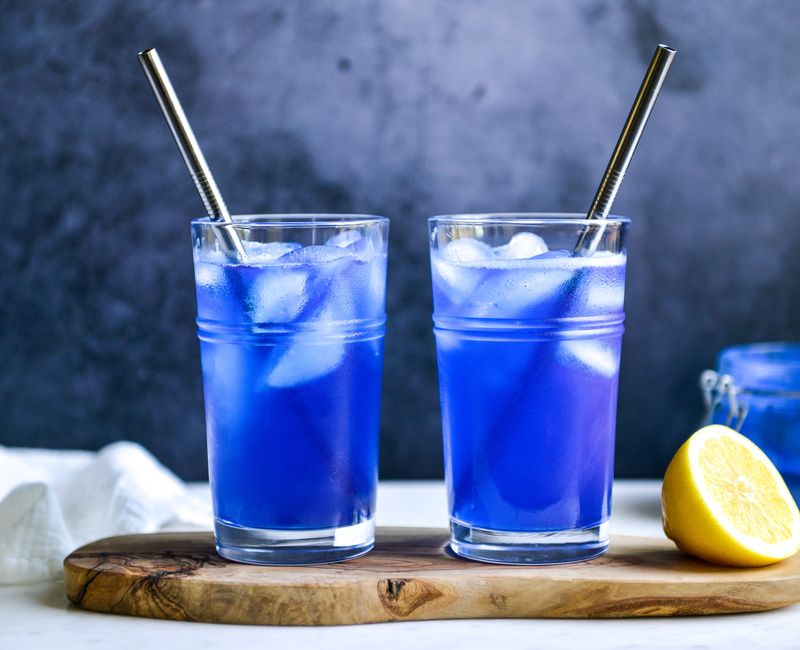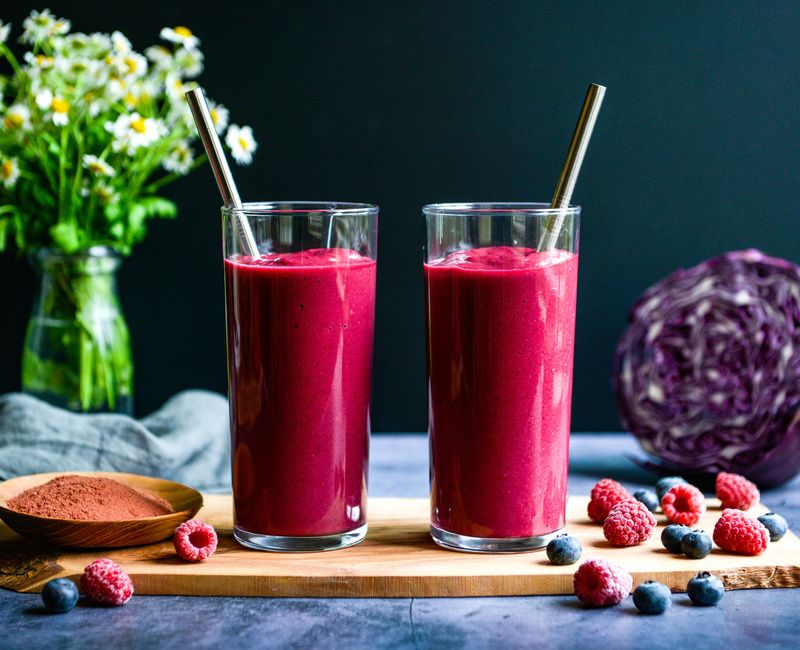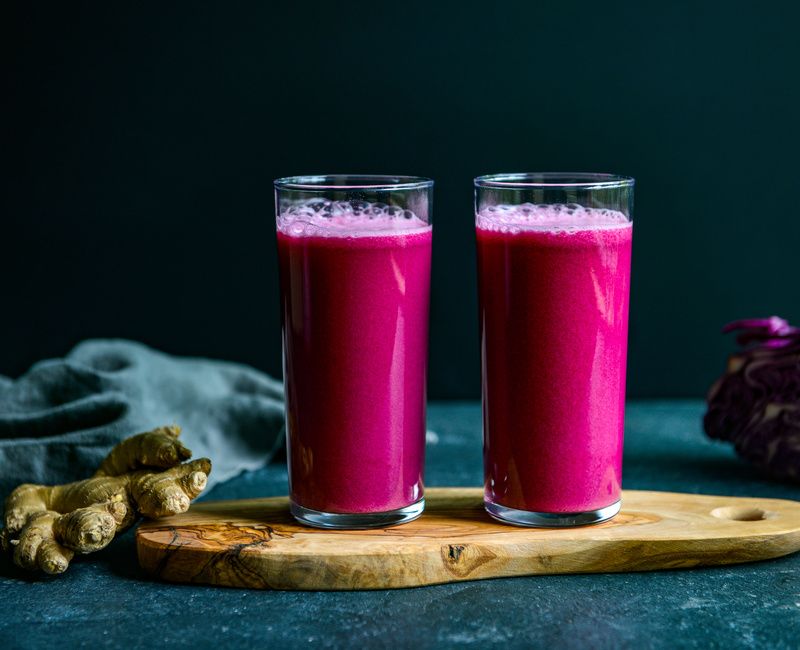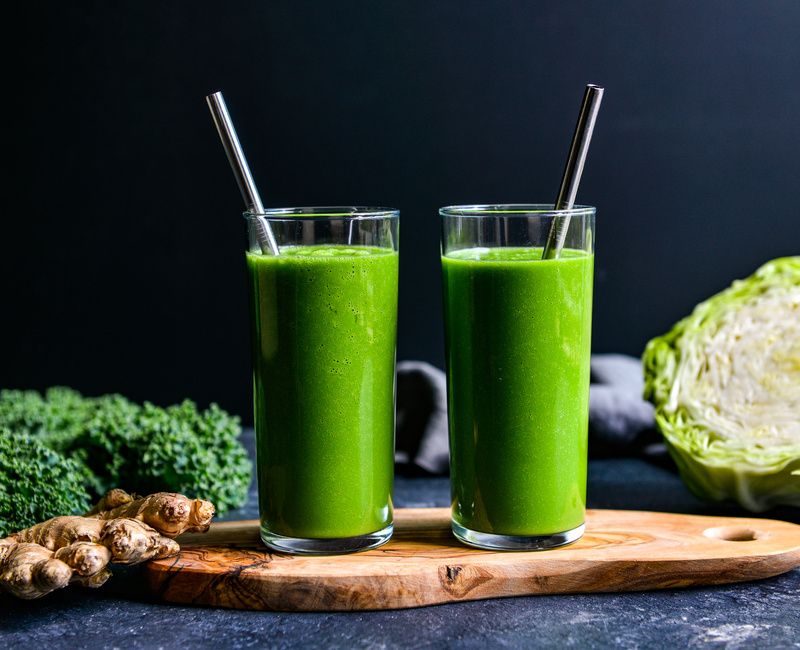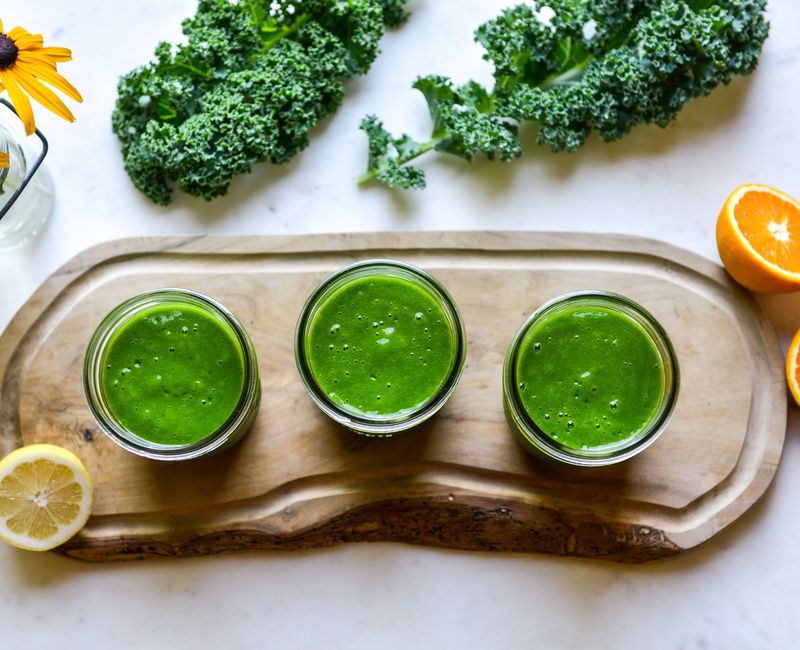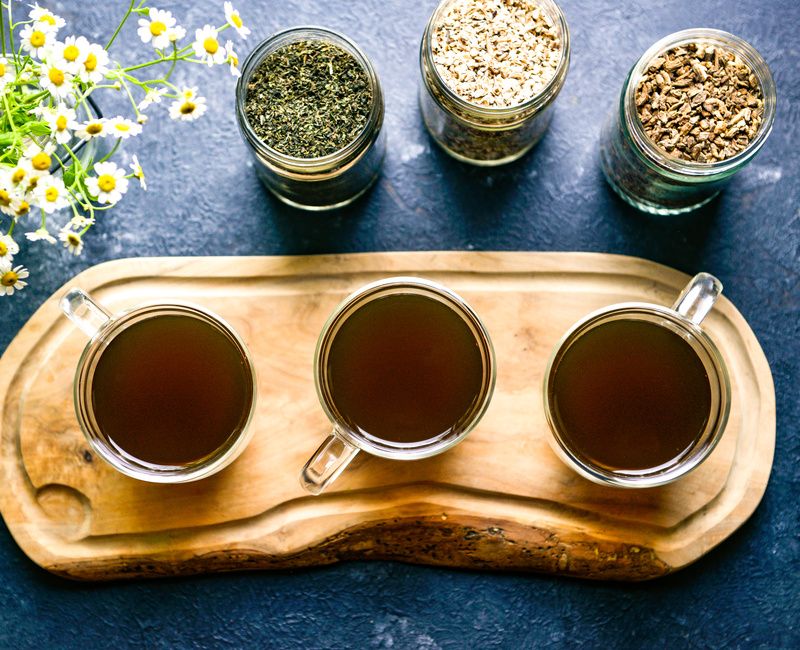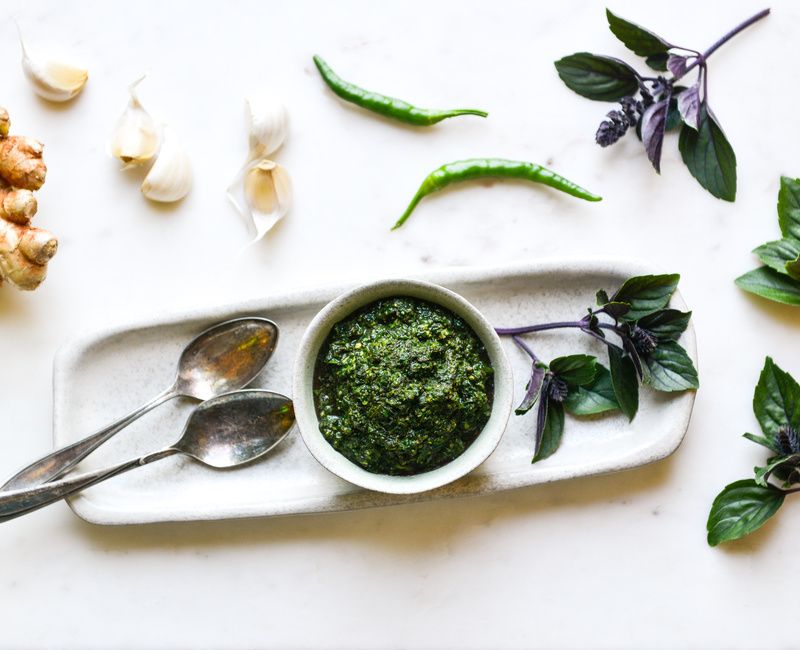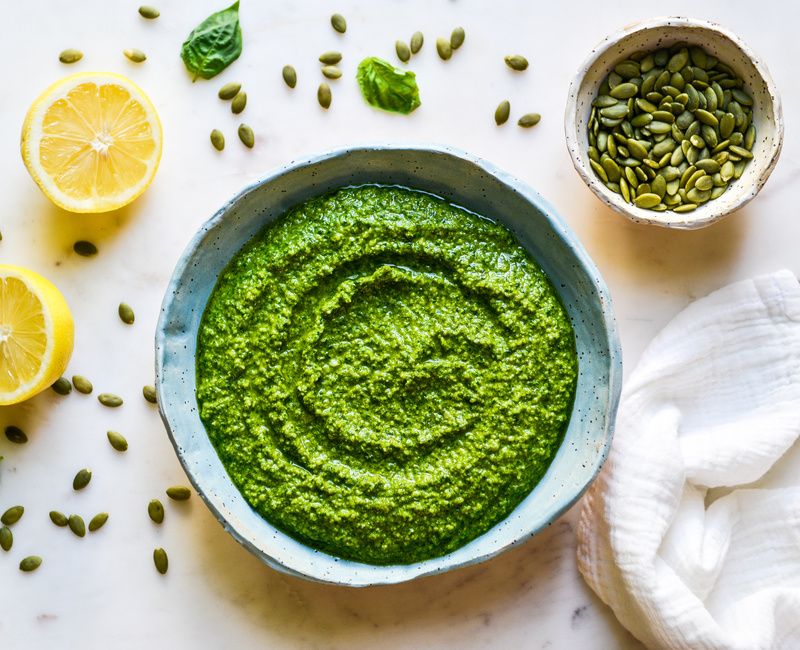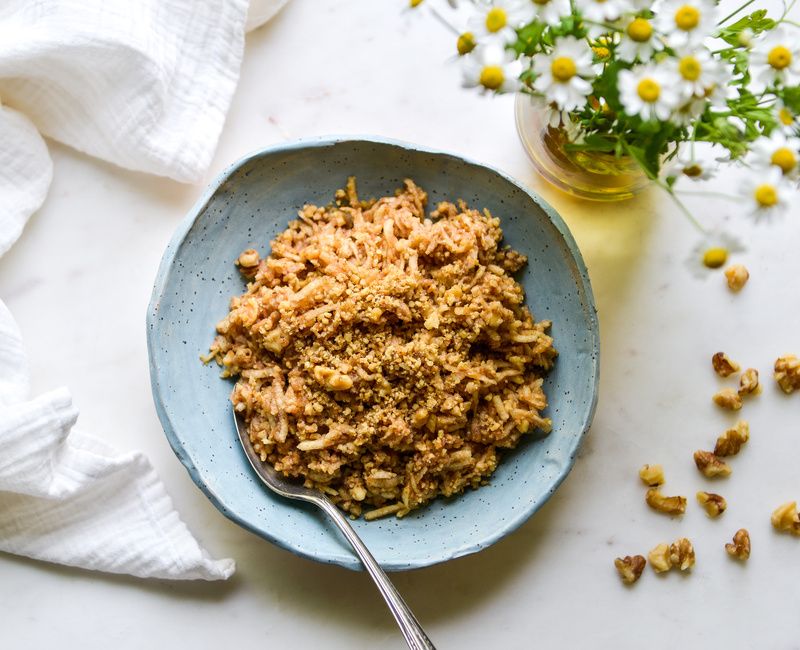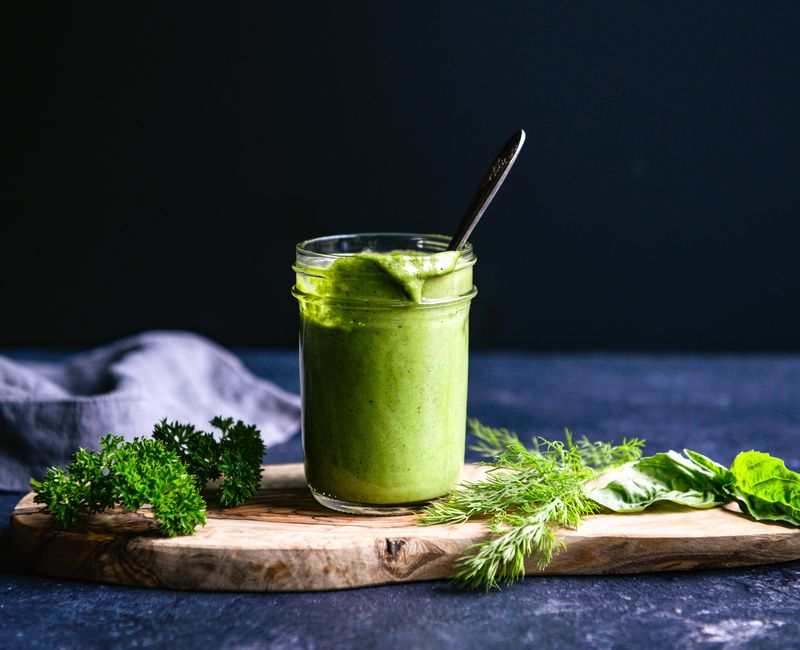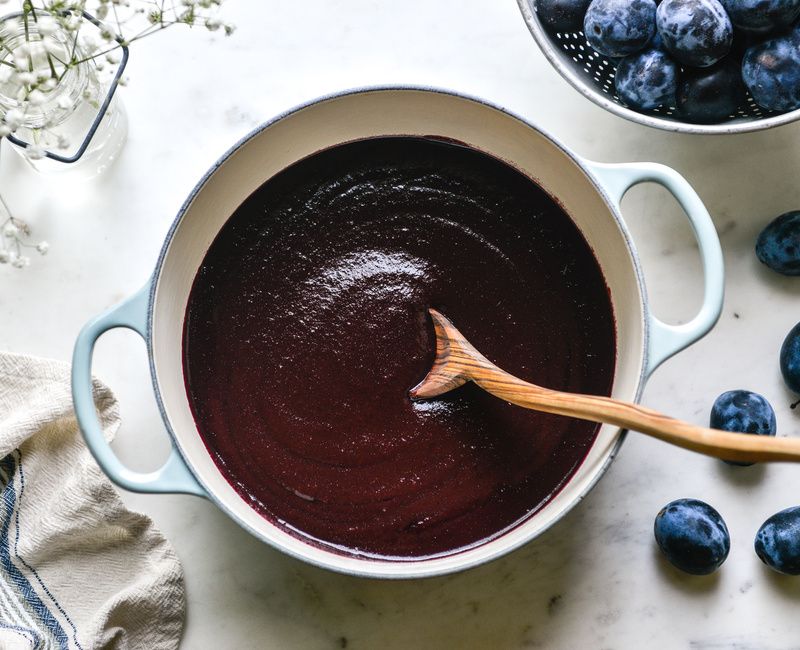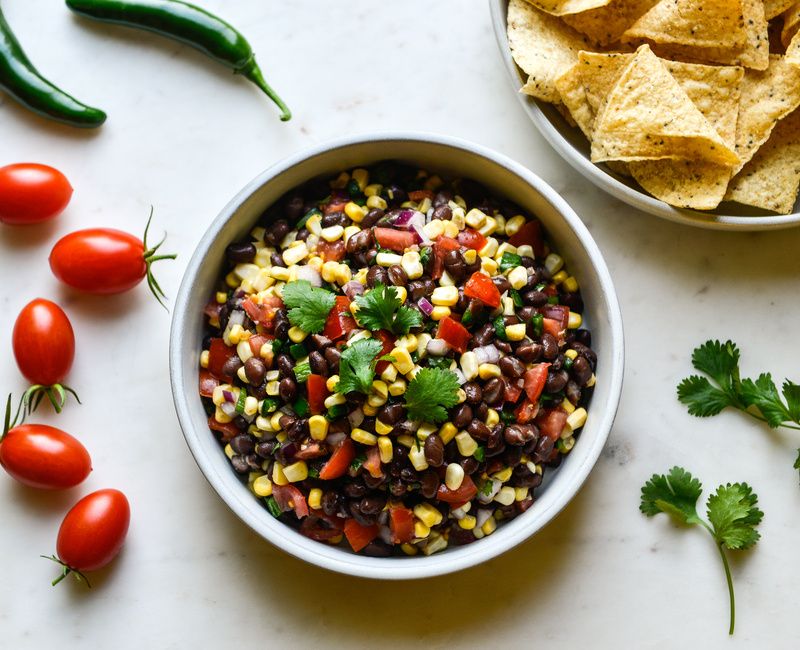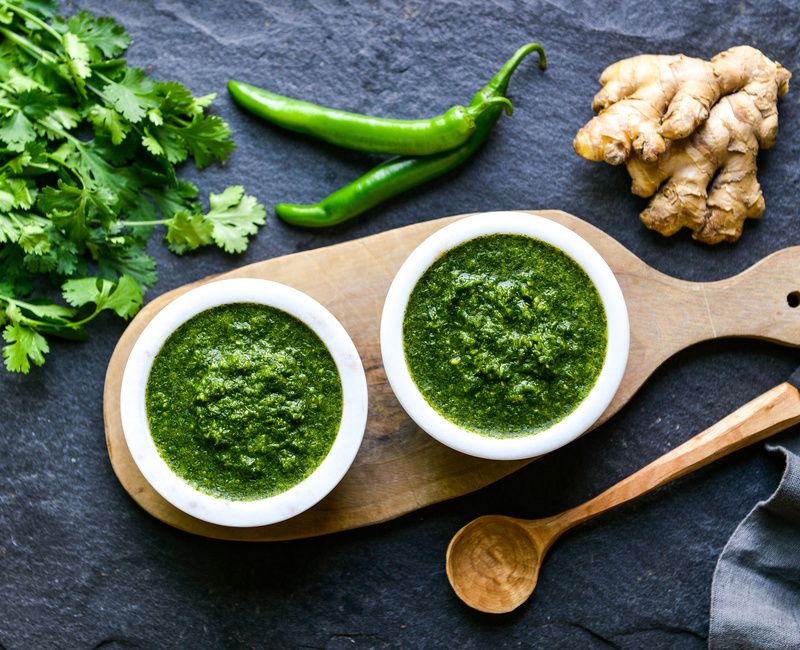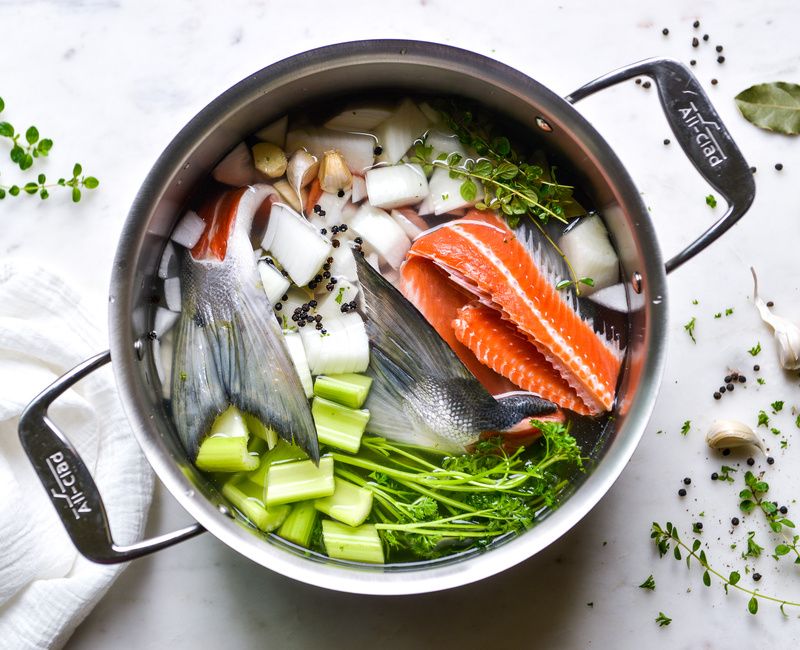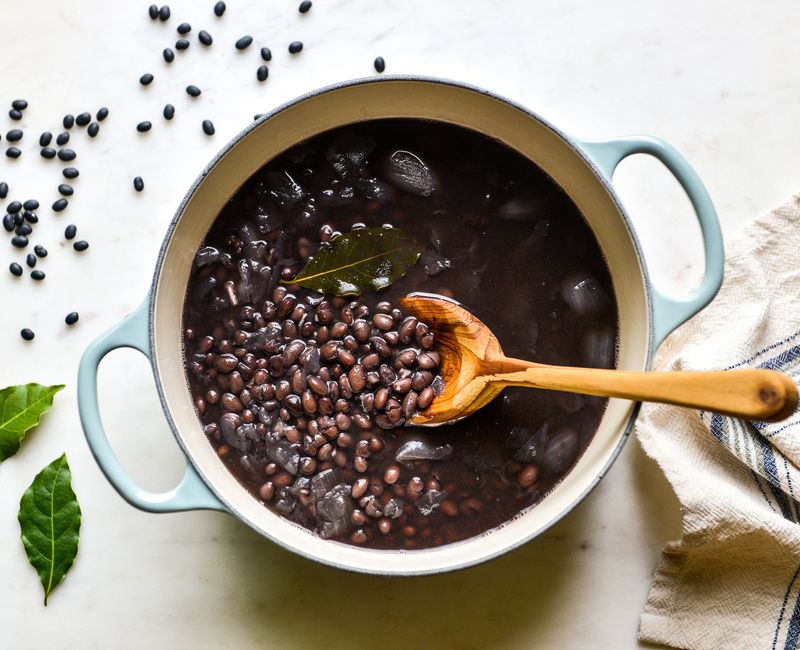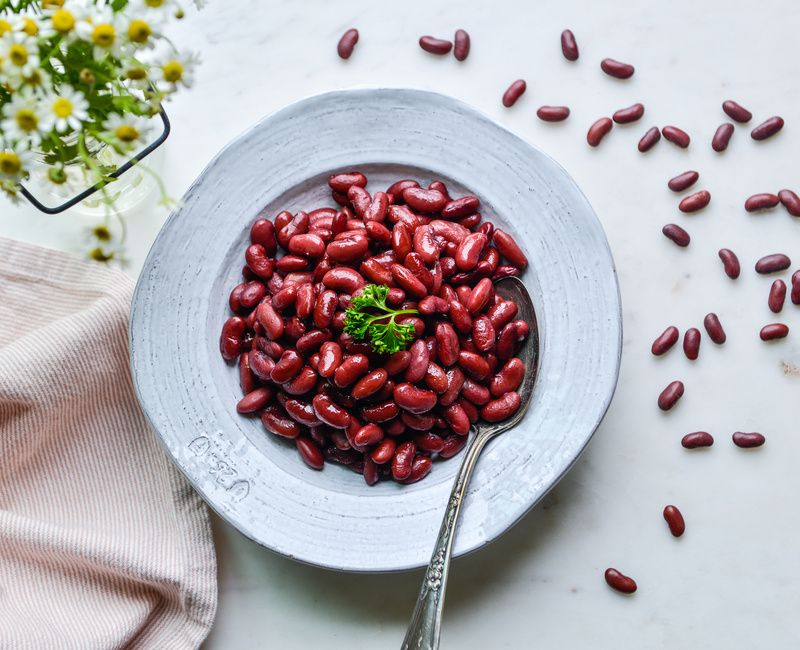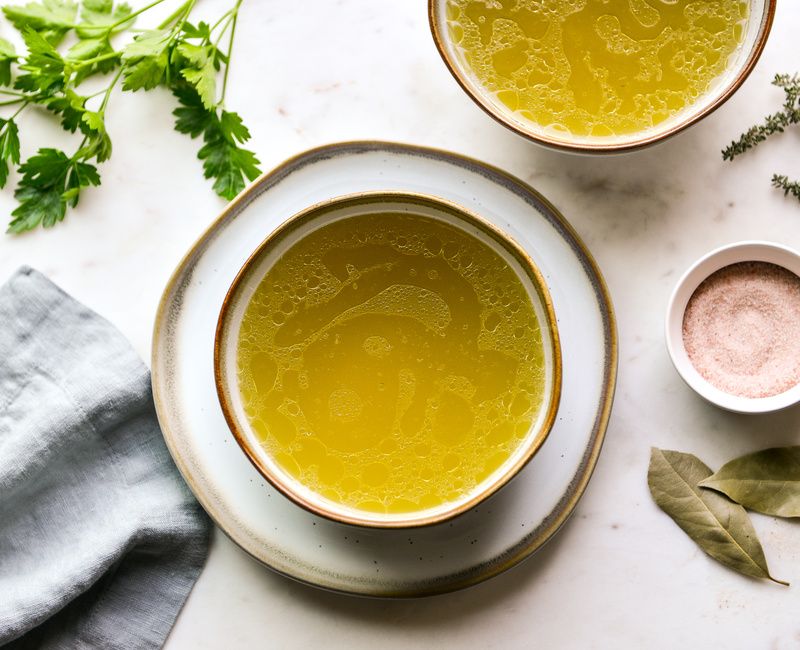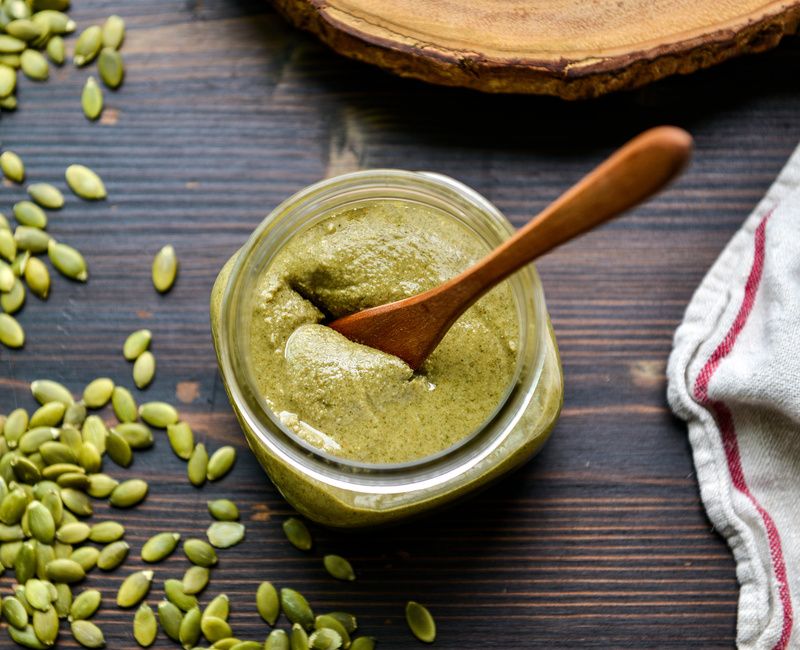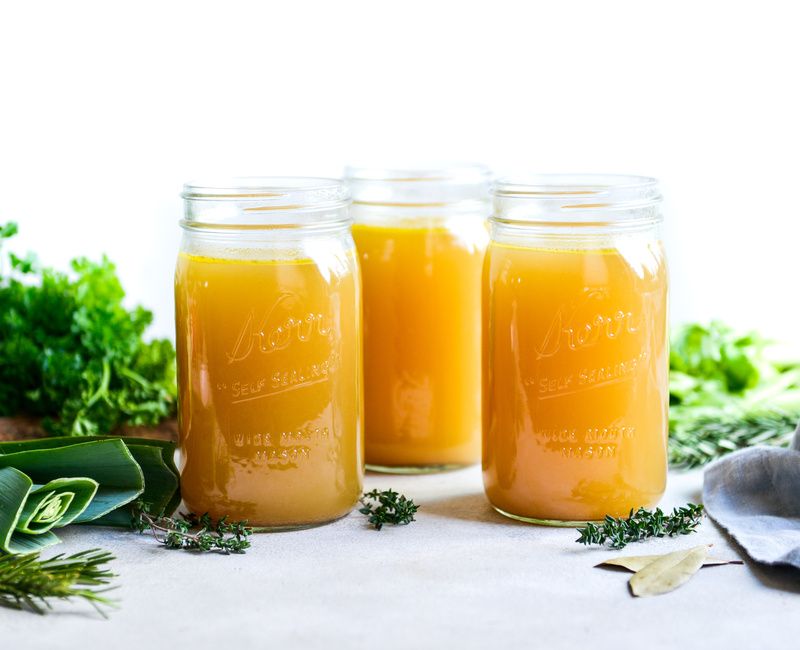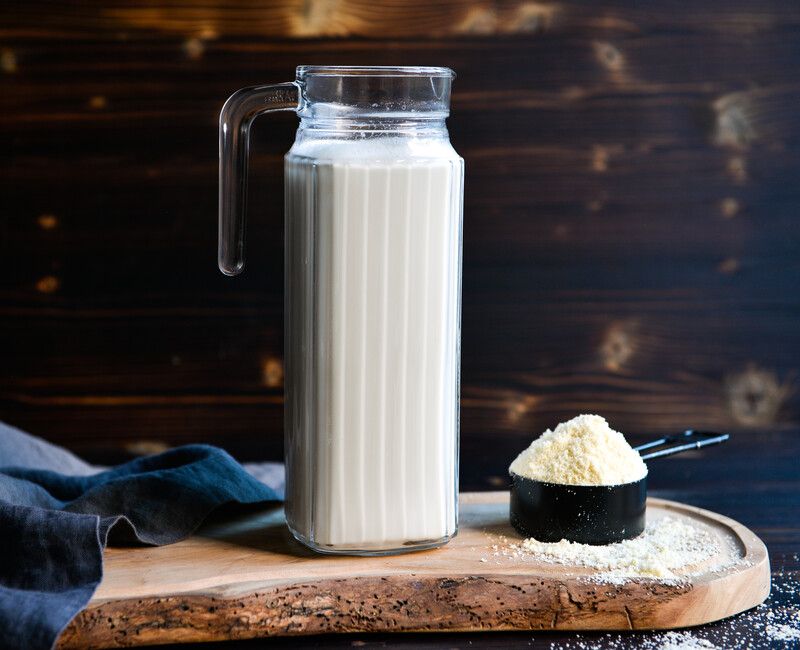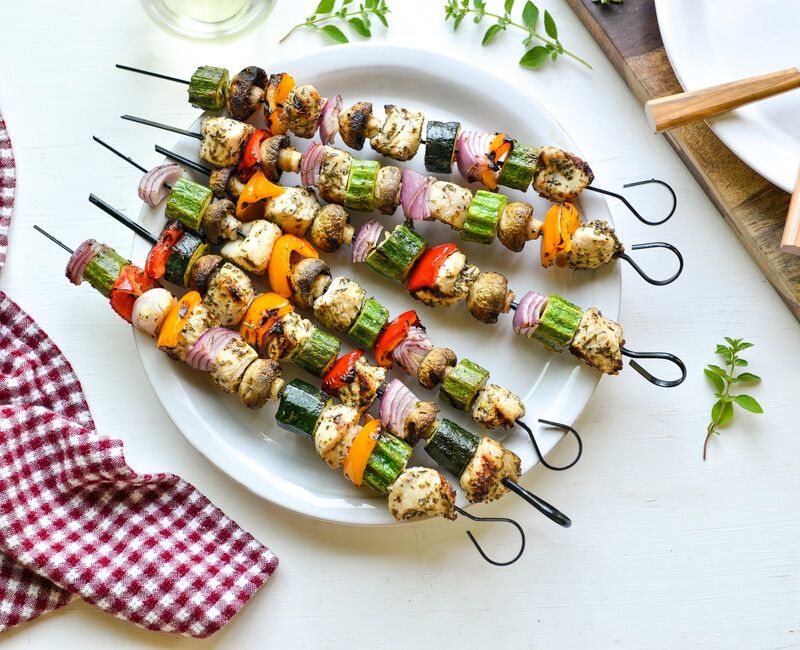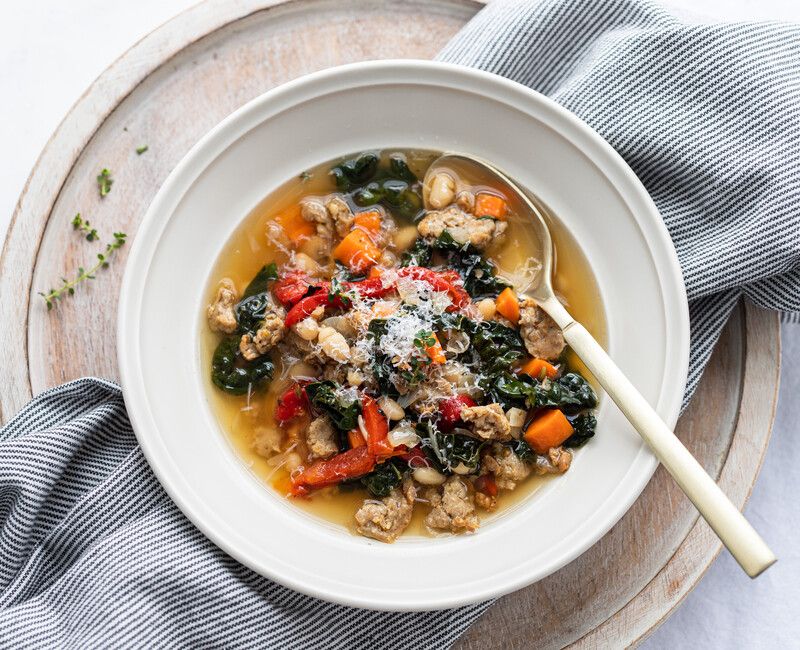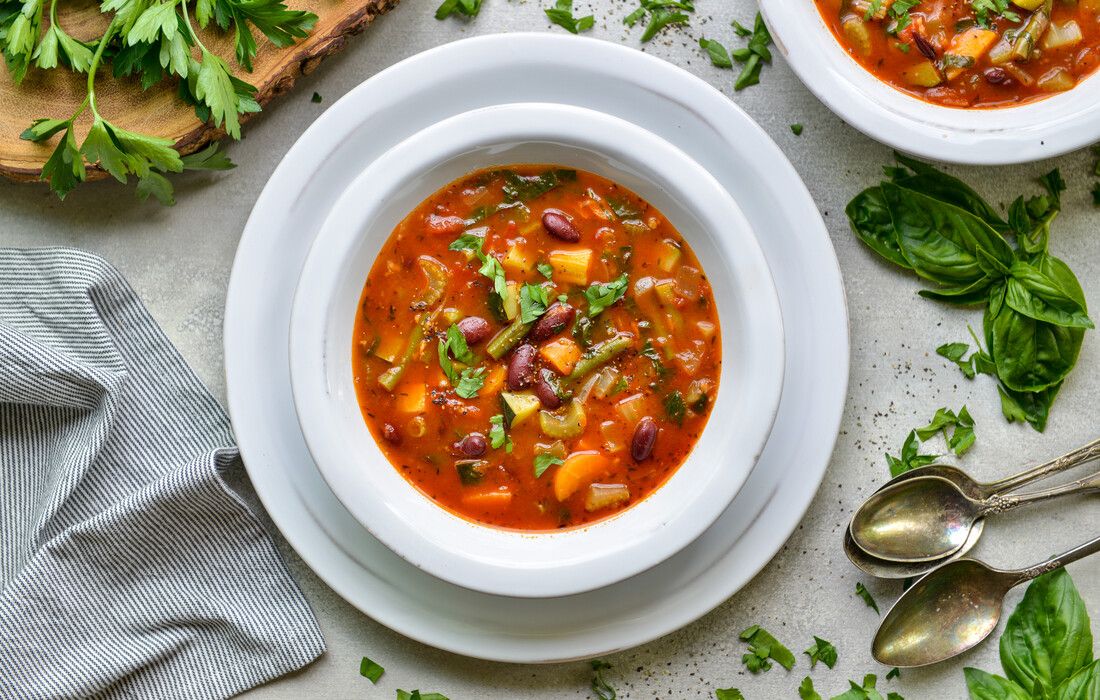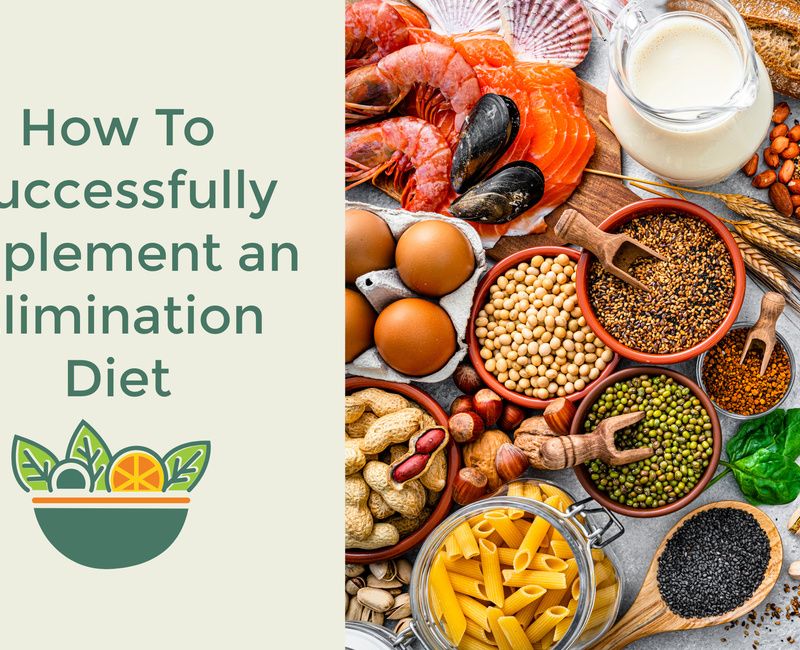Yeast-Free Diet
When your body is burdened by yeast or mold overgrowth, every system can begin to feel out of balance—your digestion becomes unpredictable, your energy dips, your skin may flare, and cravings feel uncontrollable. A yeast-free diet offers a clear and empowering path forward. By removing foods that feed yeast and introducing fresh, anti-inflammatory ingredients, you create the conditions for your microbiome to reset and your immune system to rebalance. Whether you’re navigating yeast allergies, candida, mold illness, or unexplained symptoms tied to food sensitivities, this way of eating invites your body back into harmony—one meal at a time.
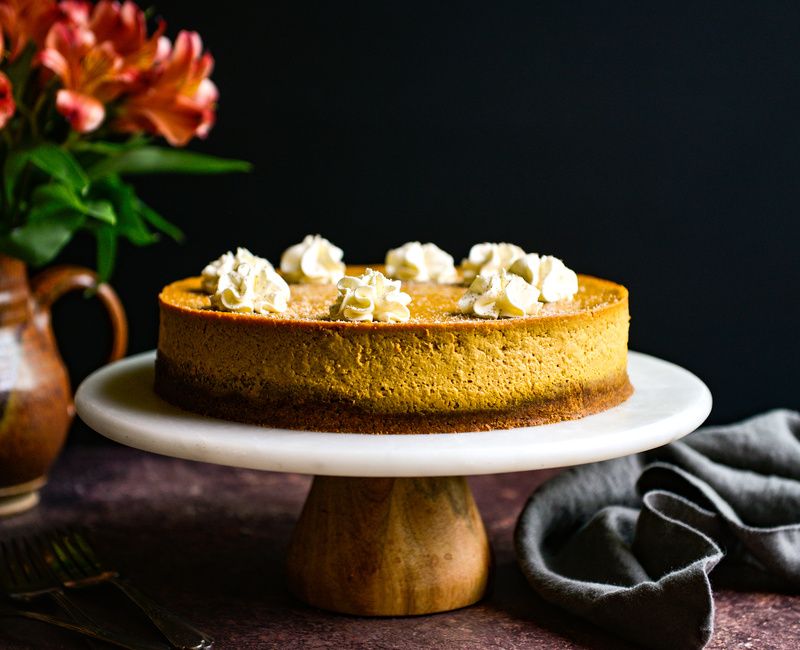
Latest Mannitol-Free Recipes
Yeast-Free Diet Safe with Modifications
What is a Yeast-Free Diet?
A yeast-free diet is a therapeutic approach that eliminates all dietary sources of yeast and yeast-promoting foods. This diet is particularly helpful for individuals with mold or yeast allergies, a history of candida overgrowth, or sensitivities to fermented foods. Like the Low-Histamine Diet, it centers around fresh, whole foods—minimizing packaged and preserved items that can exacerbate symptoms.
Following a yeast-free diet may support improved digestion, reduce skin flare-ups, alleviate bloating and brain fog, and promote a more balanced gut microbiome—especially for those healing from candida overgrowth or addressing mold-related illnesses.
This diet removes all forms of baker's and nutritional yeast, aged cheeses, vinegars (with a few exceptions), and many fermented or aged foods that can contribute to microbial imbalances.
Who is the Yeast-Free Diet For?
You may benefit from a yeast-free diet if you:
-
Have been diagnosed with or suspect candida overgrowth
-
Experience mold allergies or yeast sensitivities
-
Suffer from chronic sinus congestion, recurring fungal infections, or skin rashes
-
Have digestive issues like bloating, gas, or sugar cravings after eating certain foods
-
Are working with a functional medicine practitioner on gut dysbiosis or mold illness recovery
How Does the Yeast-Free Diet Work?
This diet eliminates:
-
Baker’s yeast and nutritional yeast
-
Fermented foods like kombucha, lacto-fermented vegetables, miso, tempeh, and fermented soy products
-
Yeast-containing breads such as commercial breads, sourdough, and anything risen with yeast
-
Aged foods including cheeses, cured meats, and mushrooms
-
Prepared foods that often include hidden yeasts, citric acid, or vinegar—such as ketchup, dressings, marinades, and condiments
-
Alcohol, especially wine and beer, which can feed yeast and mold
-
Dried fruits, which can be mold-contaminated or feed candida
-
Most vinegars, with the exception of raw apple cider vinegar and raw coconut vinegar, which may be tolerated by some
Instead, this plan emphasizes freshly prepared whole foods using natural, unprocessed ingredients that are less likely to contribute to yeast overgrowth or immune reactions.
Foods to Eat on a Yeast-Free Diet:
-
Fresh vegetables and fruits (especially low-sugar fruits)
-
Whole grains like brown rice, quinoa, millet, or buckwheat
-
Legumes like lentils, black beans, or chickpeas (if tolerated)
-
Pasture-raised meats and wild-caught fish
-
Raw nuts and seeds (preferably soaked or sprouted)
-
Healthy fats such as olive oil, avocado, coconut oil, and ghee
-
Herbs and spices that are fresh or dried without additives
-
Homemade baked goods made with baking soda or baking powder instead of yeast
-
Small amounts of fresh cheeses (check tolerance) such as mozzarella, ricotta, soft goat cheese, and cottage cheese
Foods to Avoid on a Yeast-Free Diet:
-
Baker’s yeast and sourdough
-
Nutritional yeast
-
Mushrooms
-
Aged cheeses
-
Fermented vegetables and soy products (miso, tempeh, tofu)
-
All vinegars (except raw apple cider or raw coconut vinegar)
-
Soy sauce, tamari, coconut aminos
-
Ketchup and commercial sauces/dressings
-
Alcohol (especially wine and beer)
-
Dried fruits
-
Citric acid (check labels—commonly used in processed foods)
Benefits of a Yeast-Free Diet:
-
Reduced bloating, gas, and digestive discomfort
-
Clearer skin and fewer fungal infections
-
Improved energy and reduced sugar cravings
-
Relief from brain fog and mood imbalances
-
Support for anti-fungal protocols or mold detox programs
-
A clearer, calmer inner terrain that promotes overall vitality
Challenges and Drawbacks:
-
Avoiding fermented foods and baked goods may feel restrictive at first
-
Social situations and dining out can require extra planning
-
Reading ingredient labels becomes essential to avoid hidden yeast or mold-derived ingredients
-
Reintroducing fermented foods later (if tolerated) must be done mindfully
How to Start a Yeast-Free Diet:
-
Sign up for a Nourishing Meals® Membership to access hundreds of yeast-free recipes, curated meal plans, and grocery shopping lists.
-
When setting up your profile, choose “Yeast-Free” as your dietary preference. Add any other food intolerances (gluten-free, dairy-free, nightshade-free, etc.).
-
Visit the Recipe Search page to explore and save meals that are naturally yeast-free.
-
Join our Nourishing Meals® Community Facebook Group to receive new recipe alerts, support, and ongoing inspiration.
-
Celebrate each nourishing meal as a powerful step toward healing your gut, calming inflammation, and restoring balance from within.
Let your body exhale. A yeast-free lifestyle is more than a list of what to avoid—it’s an invitation to come home to your body, find clarity in your symptoms, and create peace in your inner ecosystem.
| Plan | Length | Actions |
|---|---|---|
3-Day Yeast-Free Meal Plan |
3 days | Please login to view and schedule plans |
